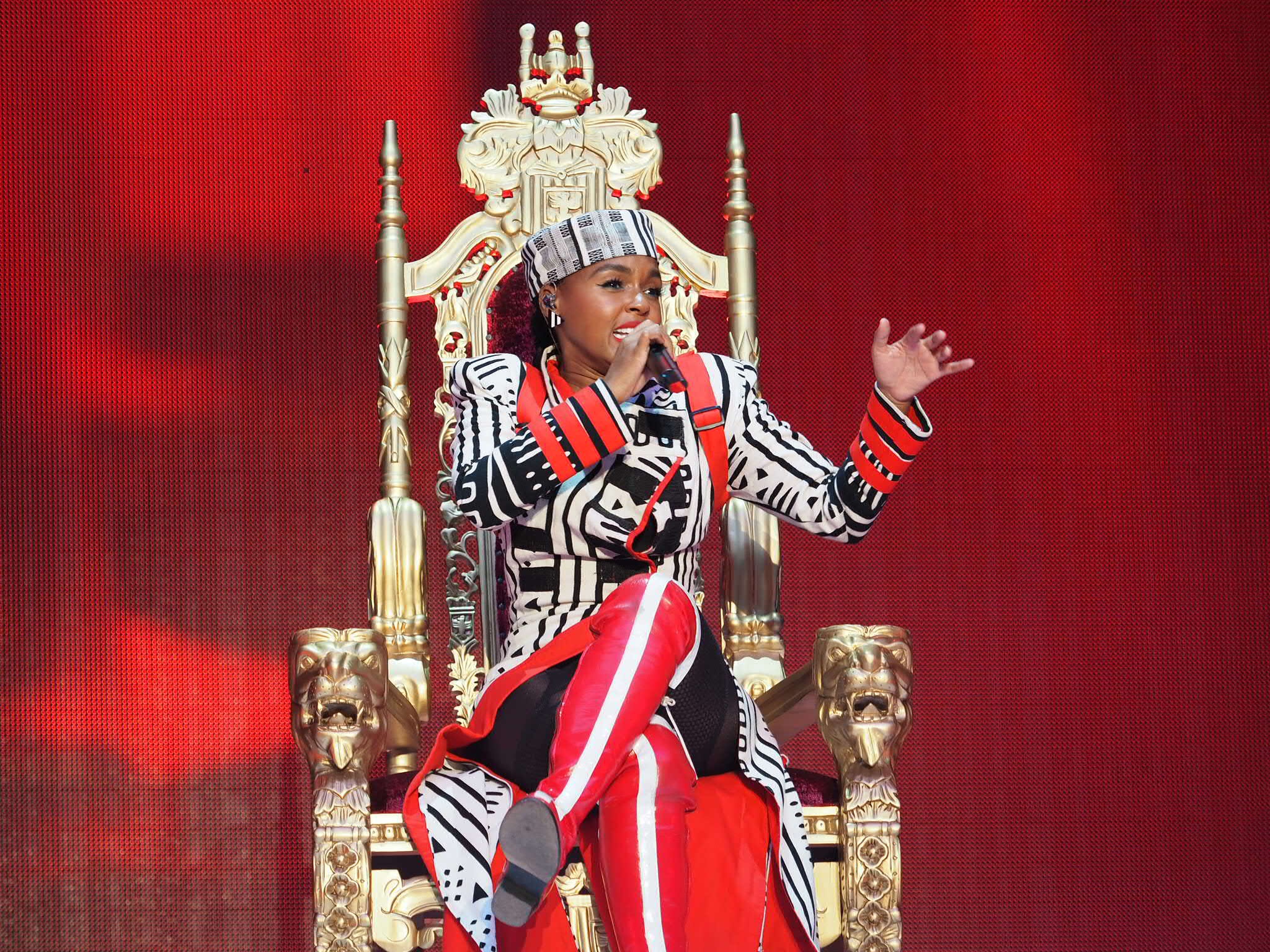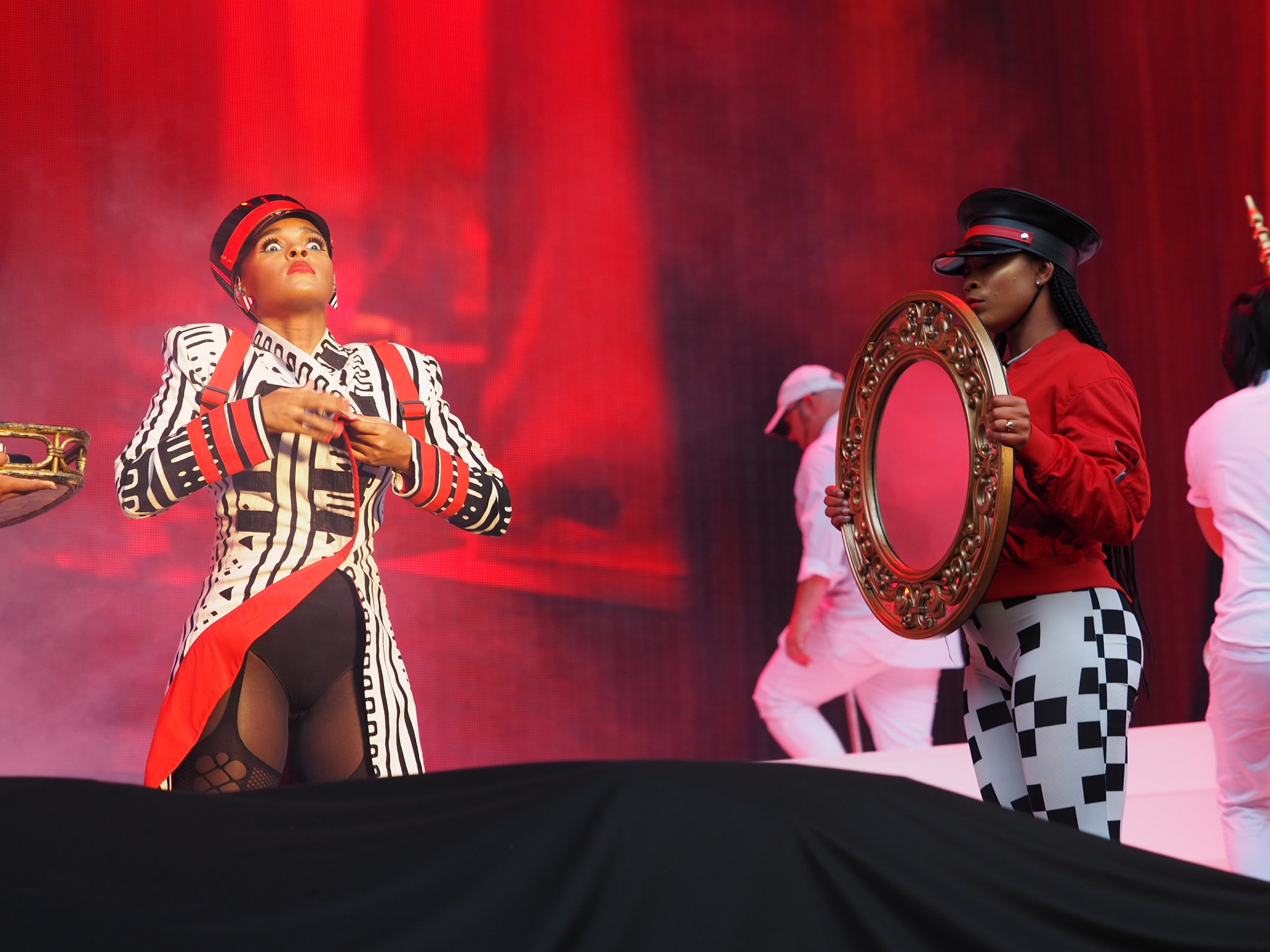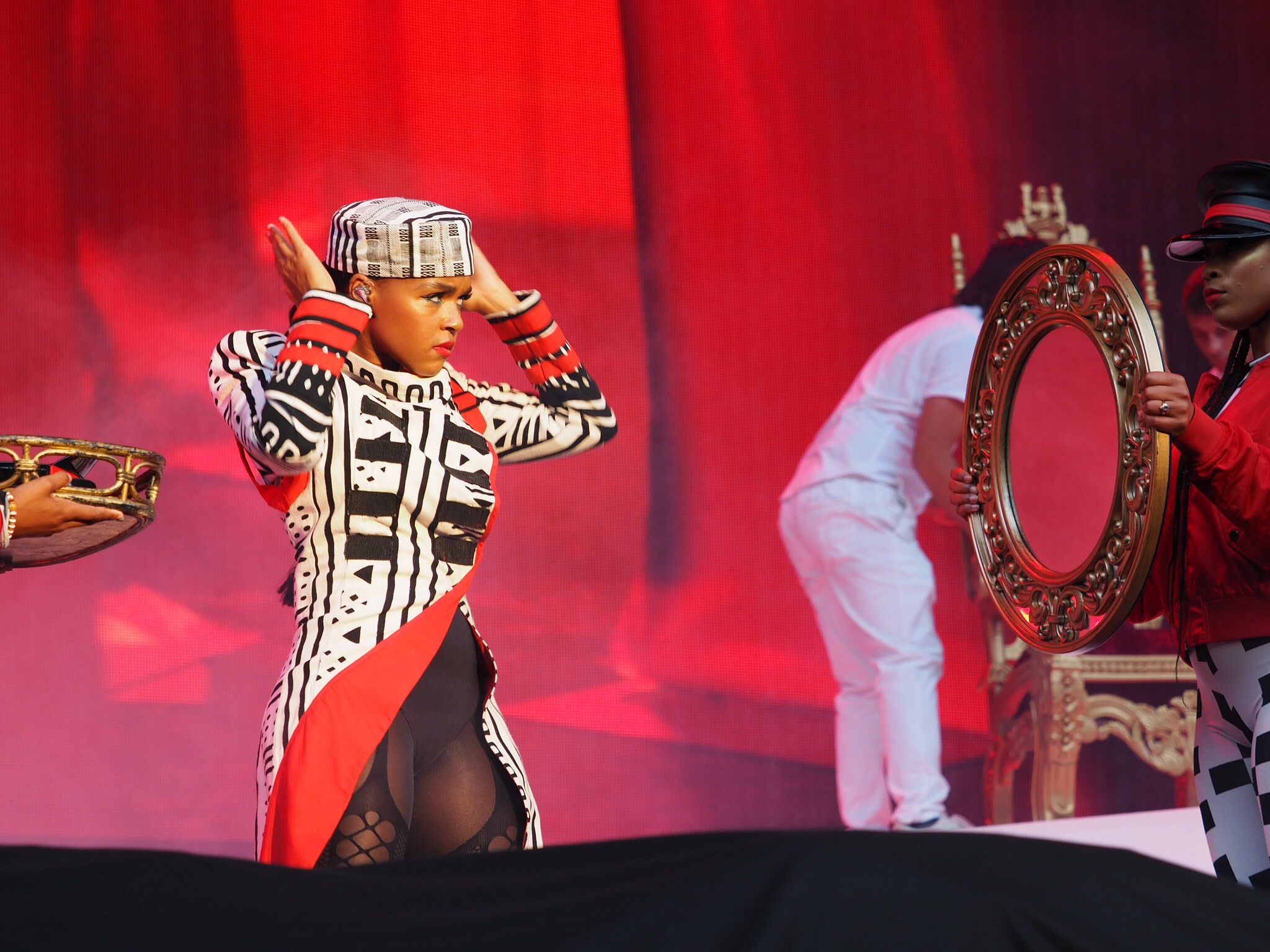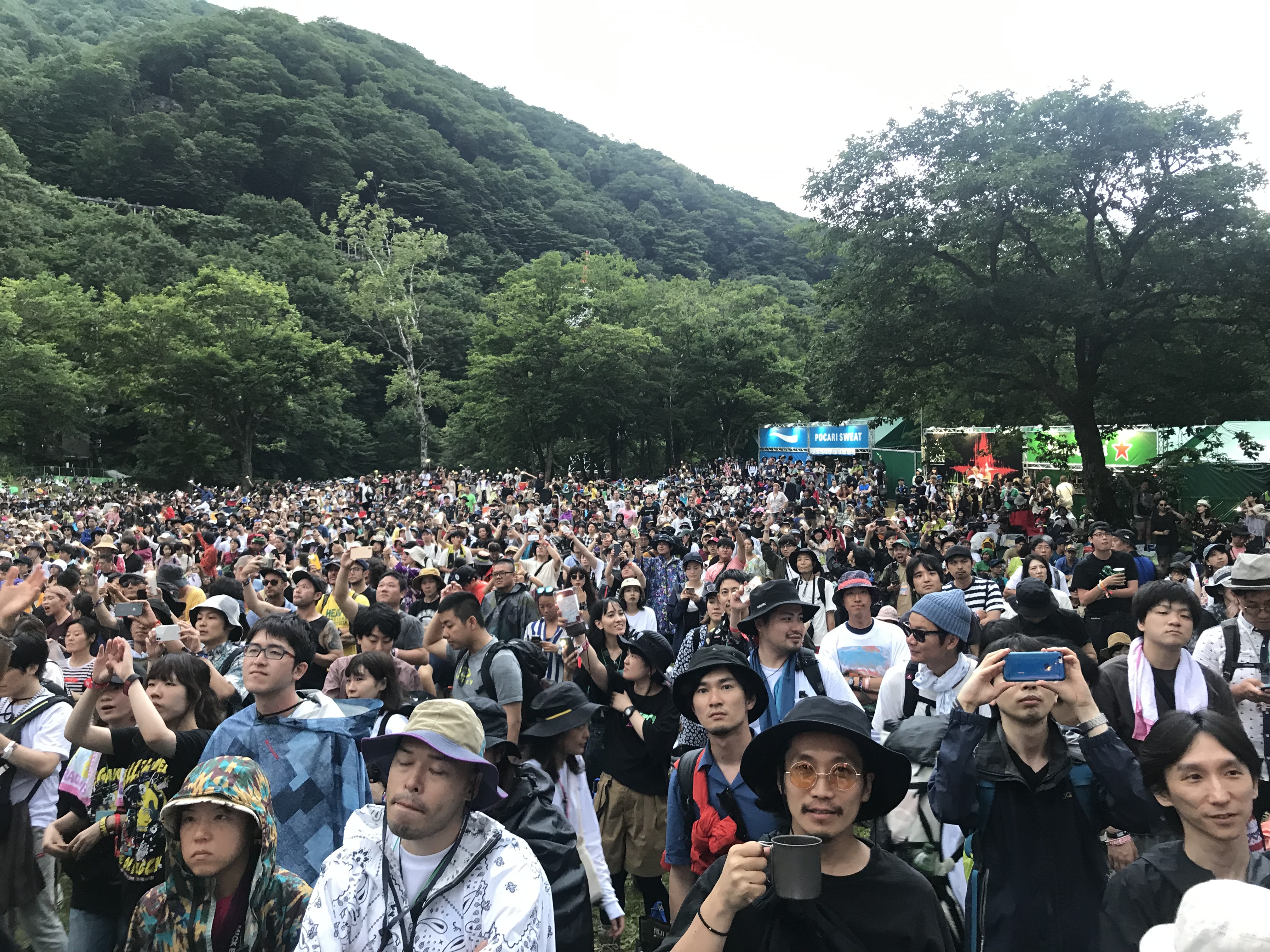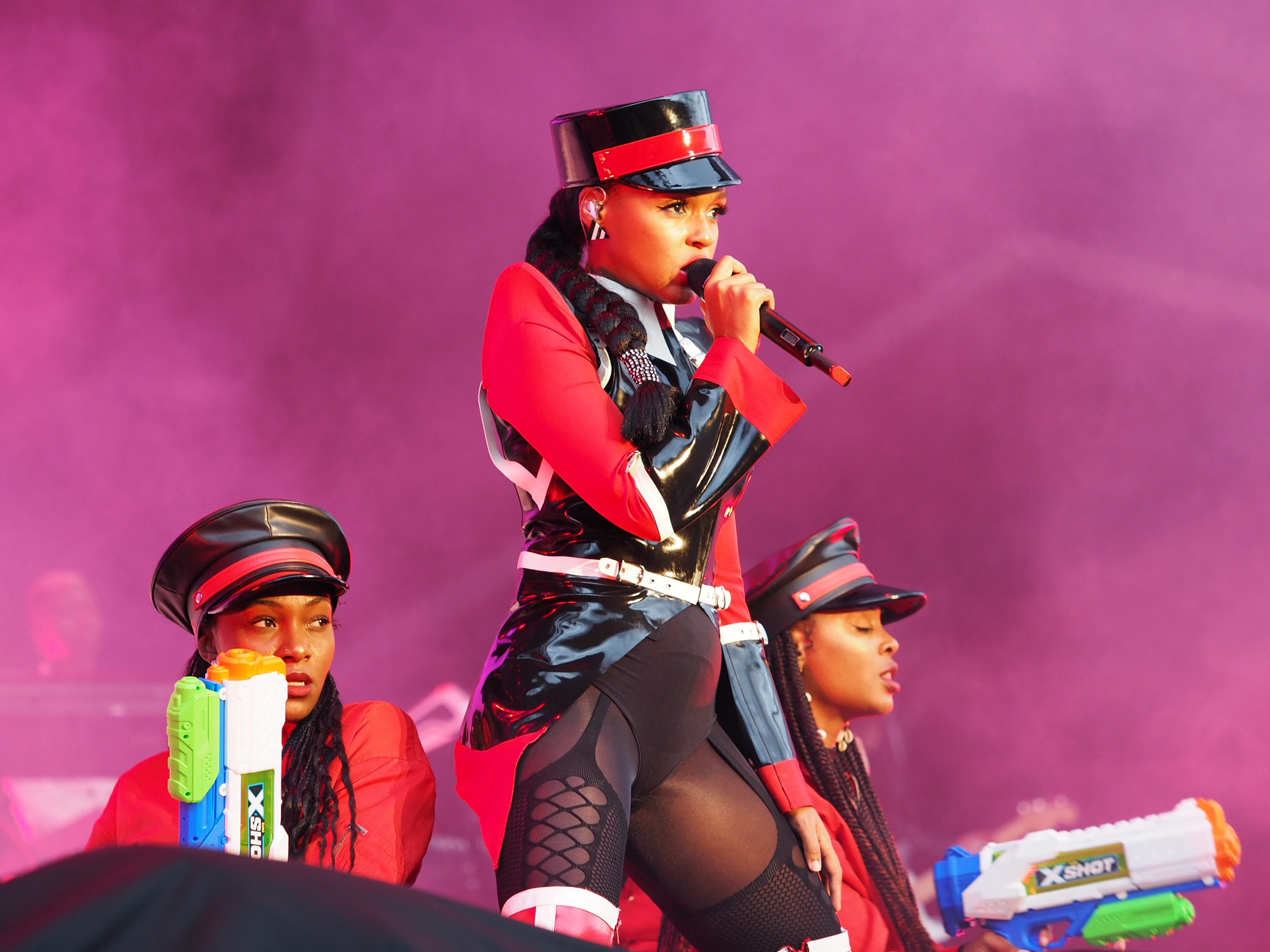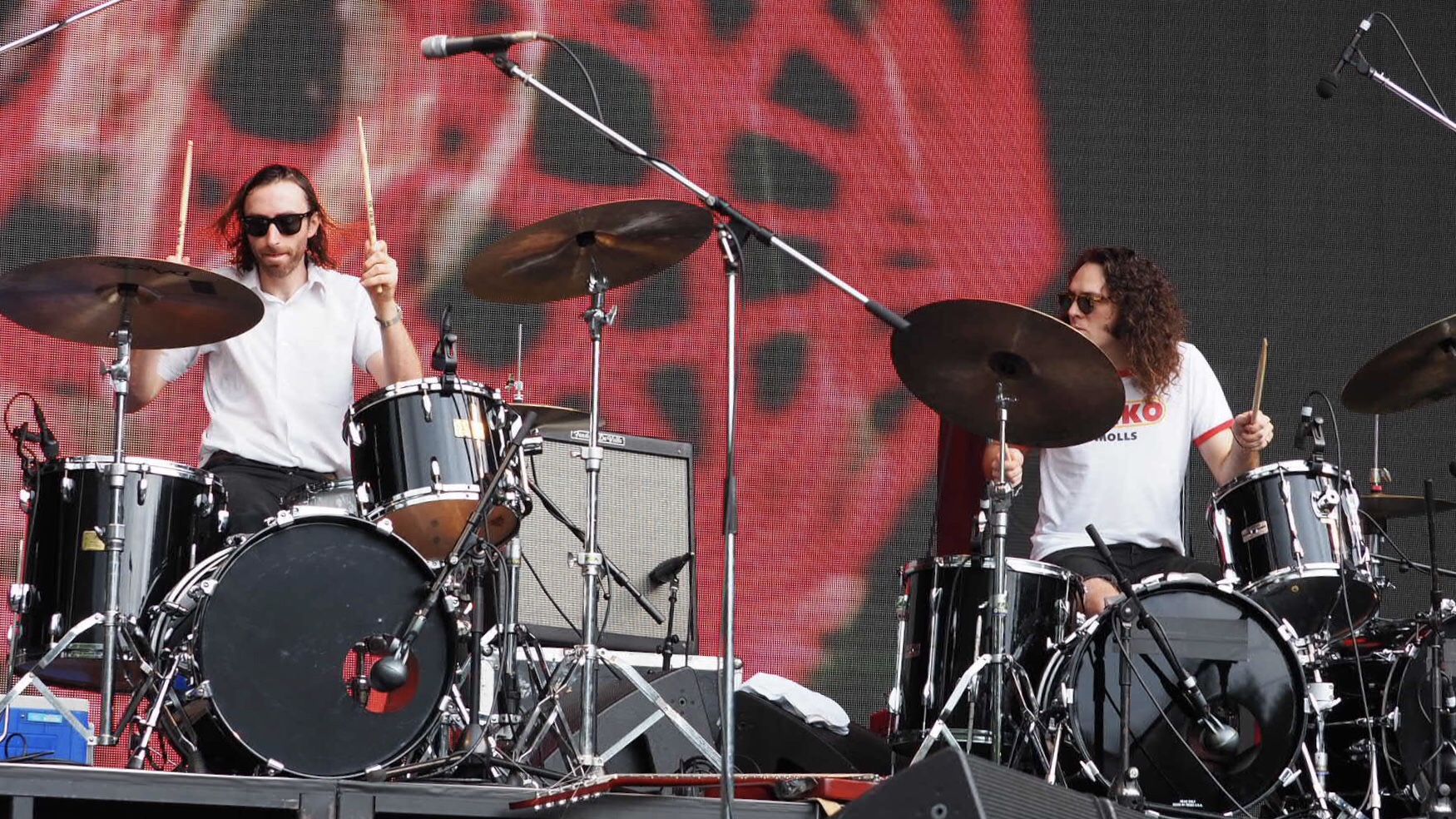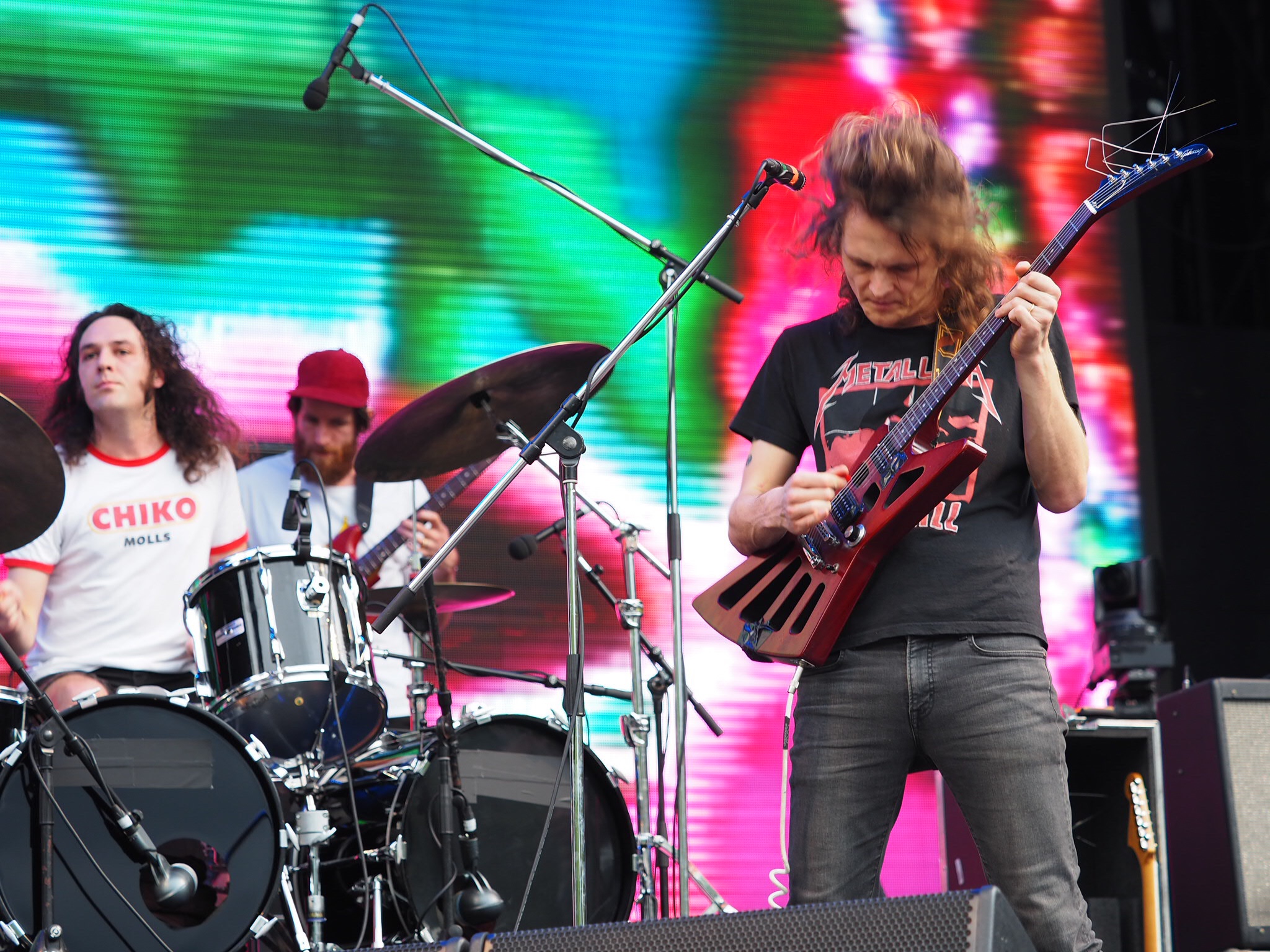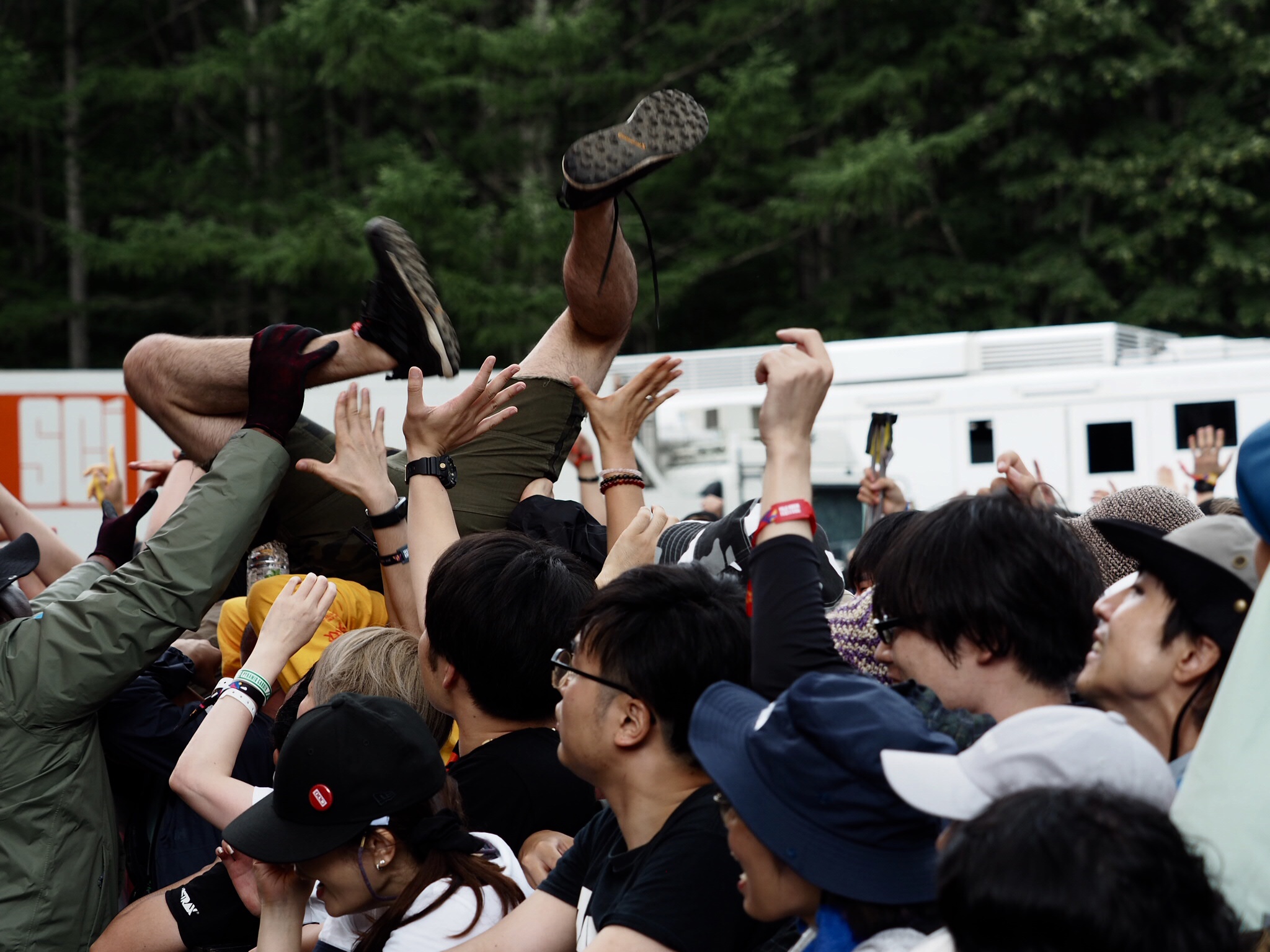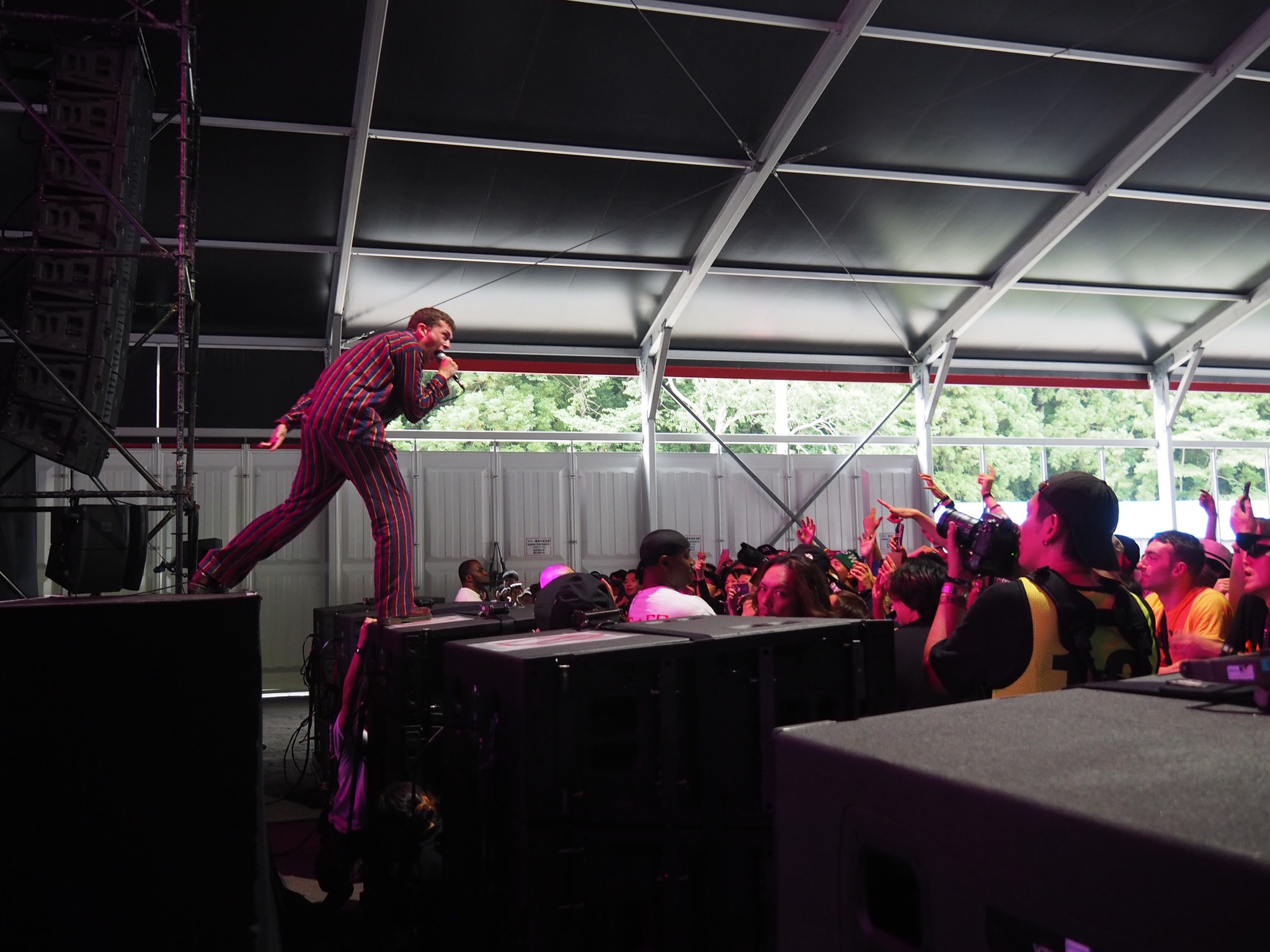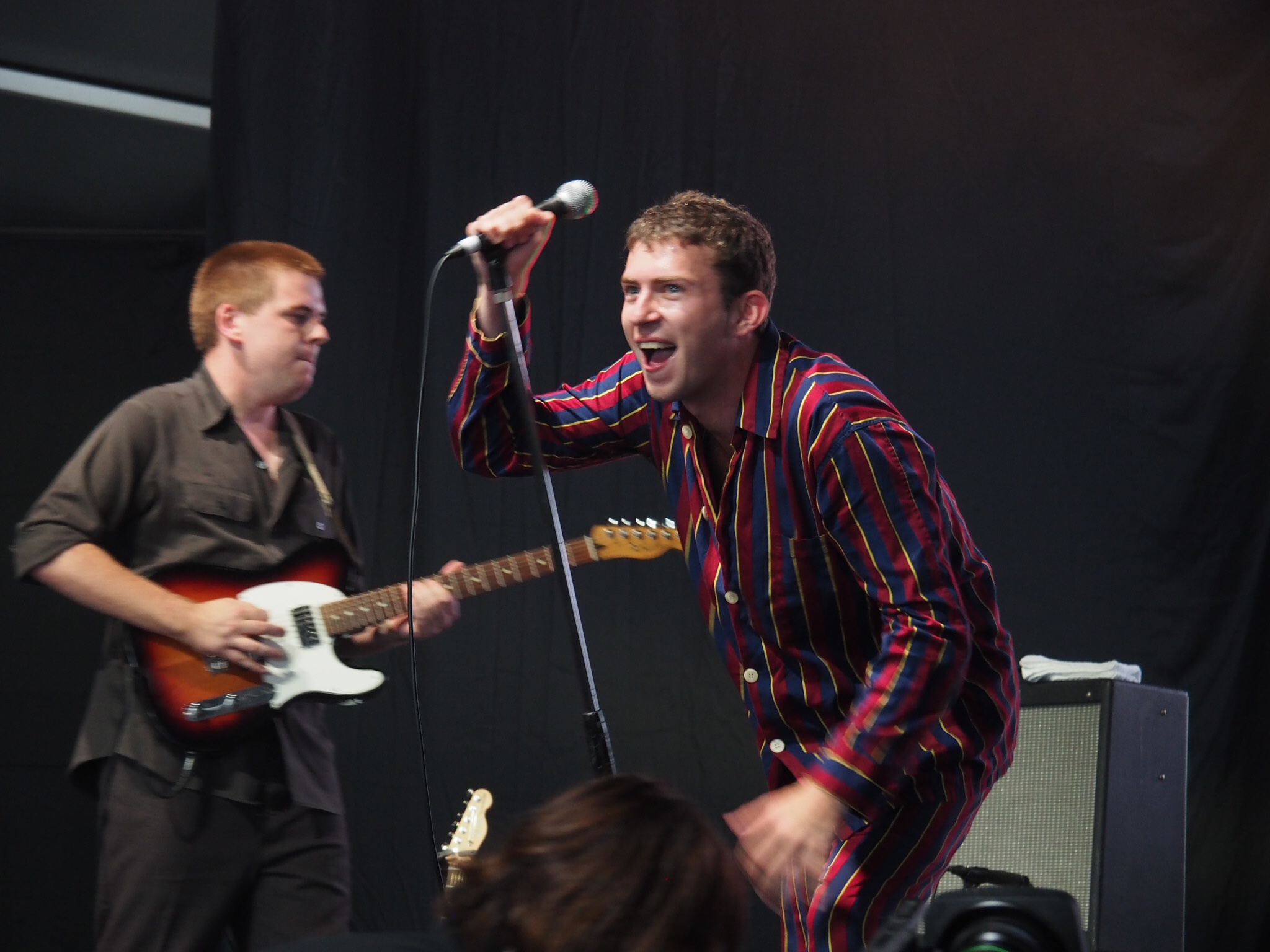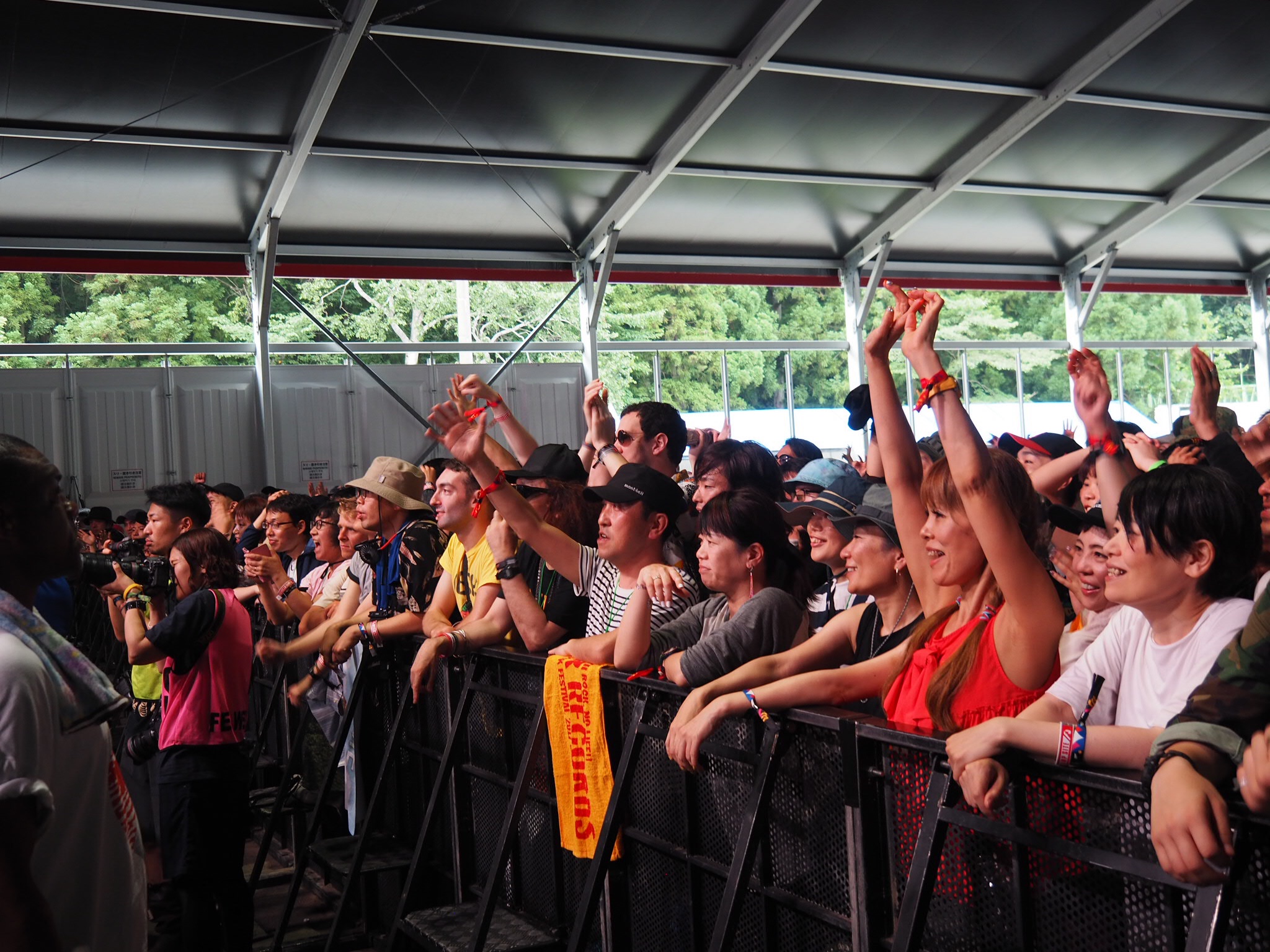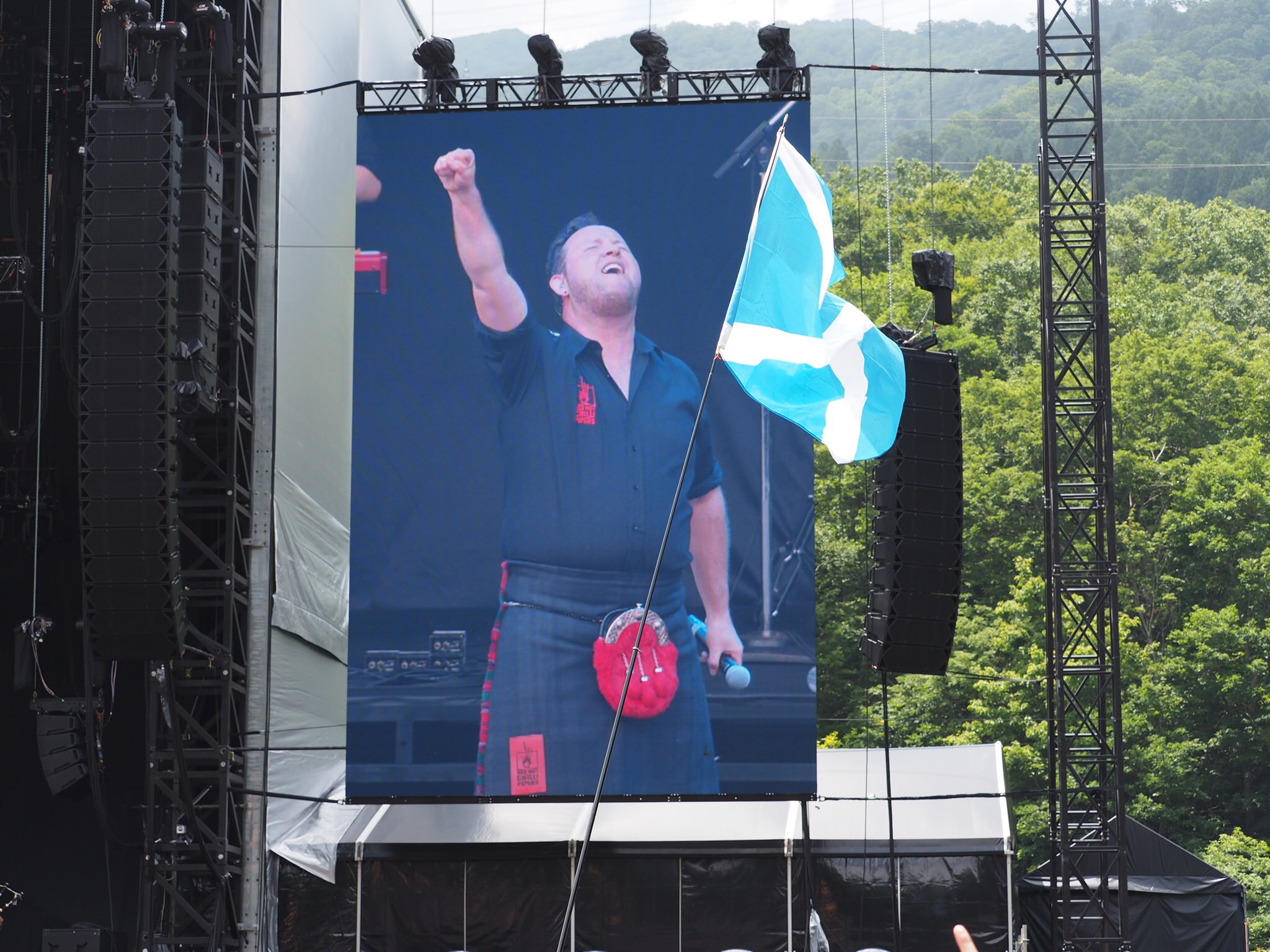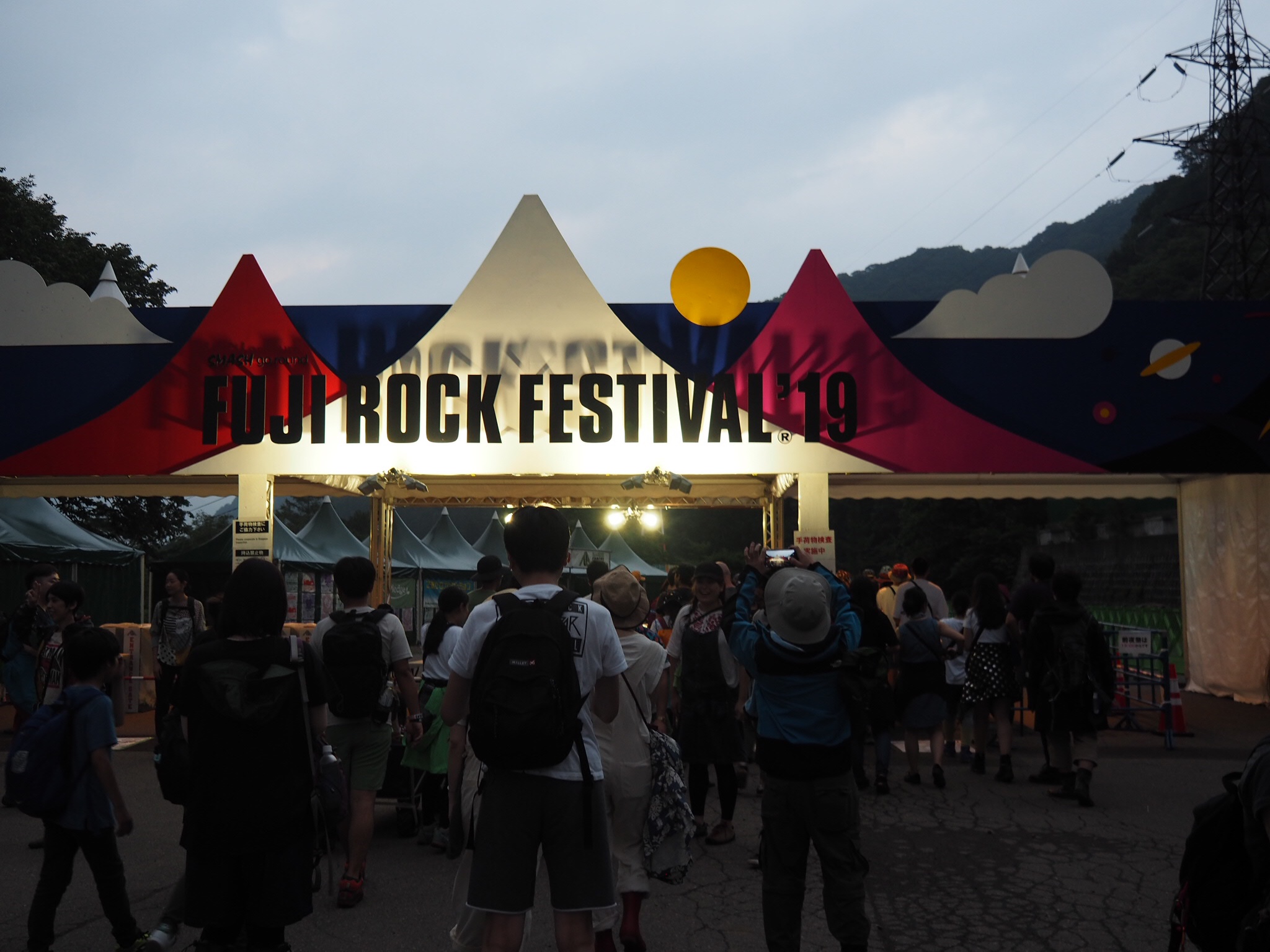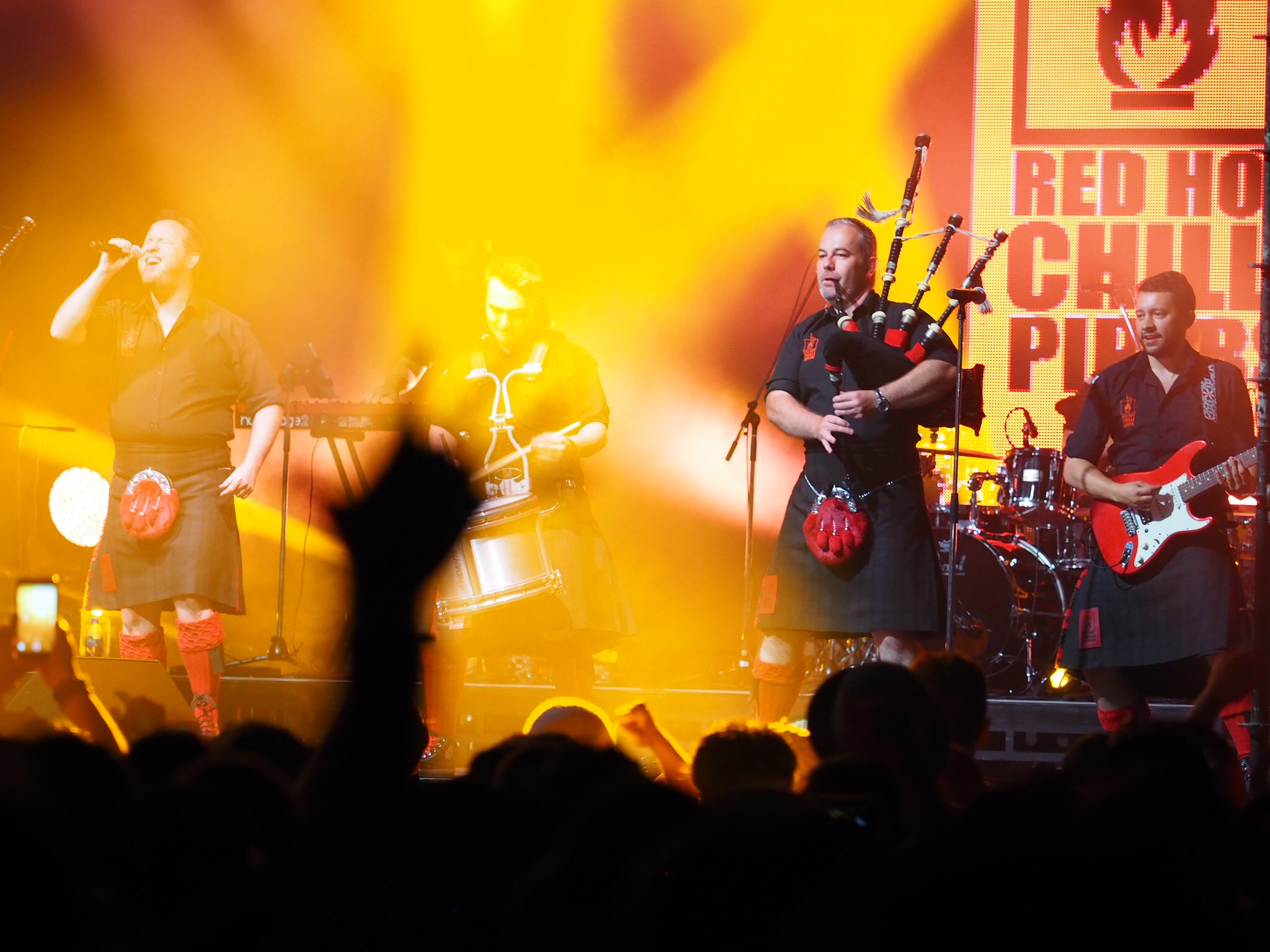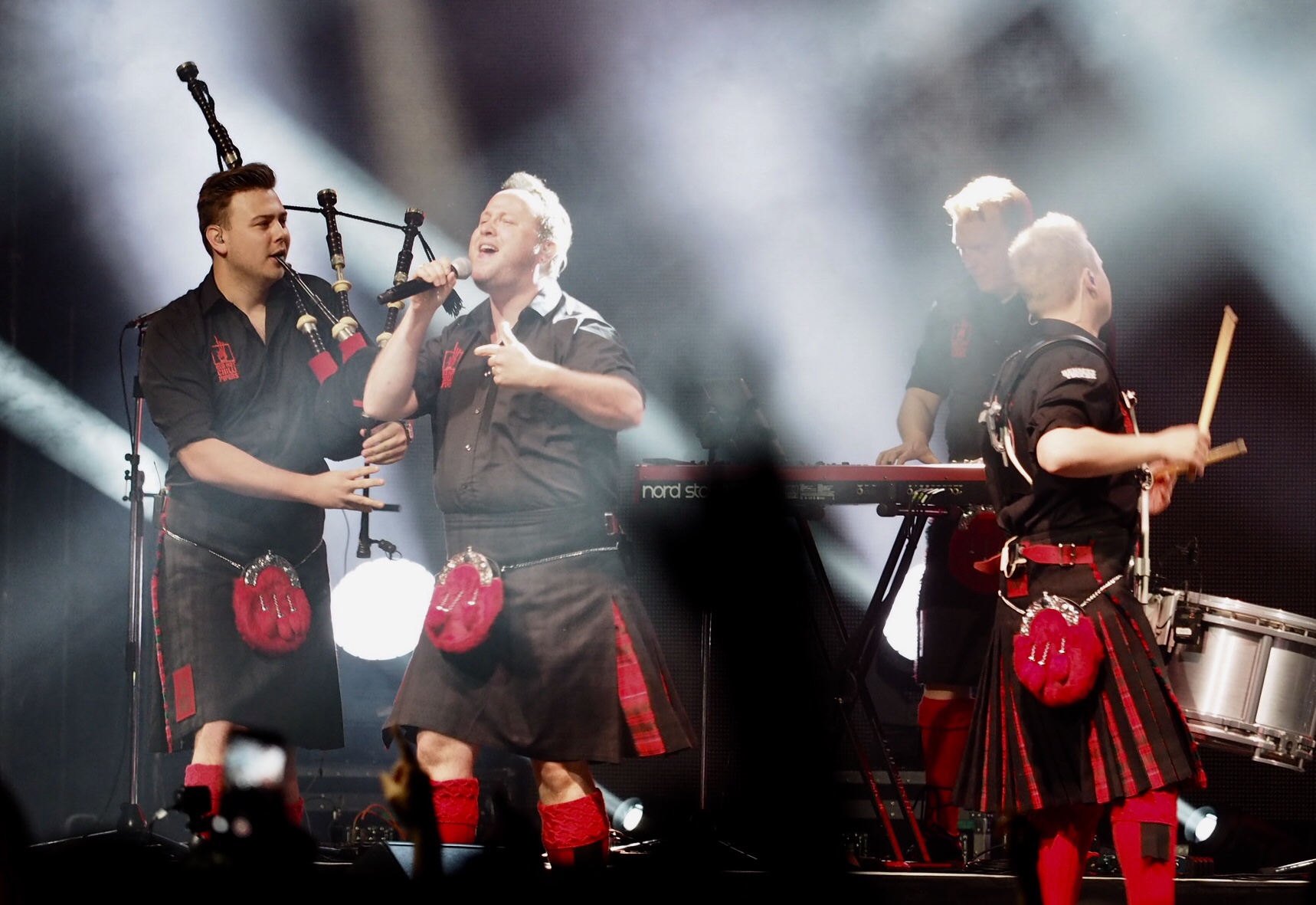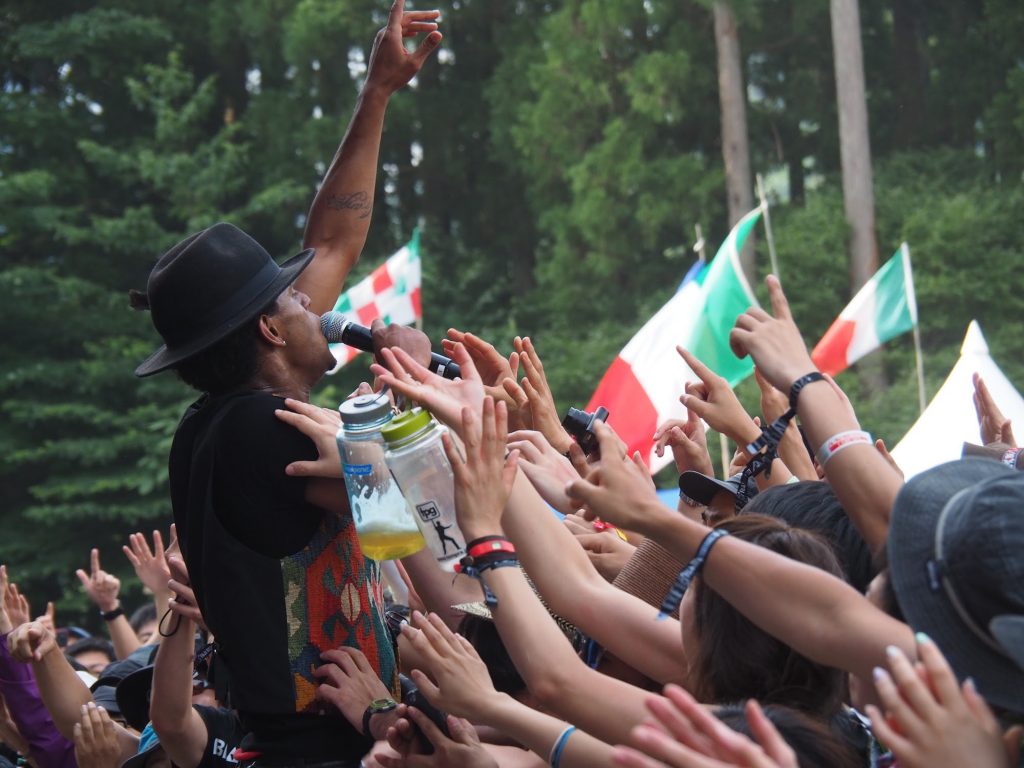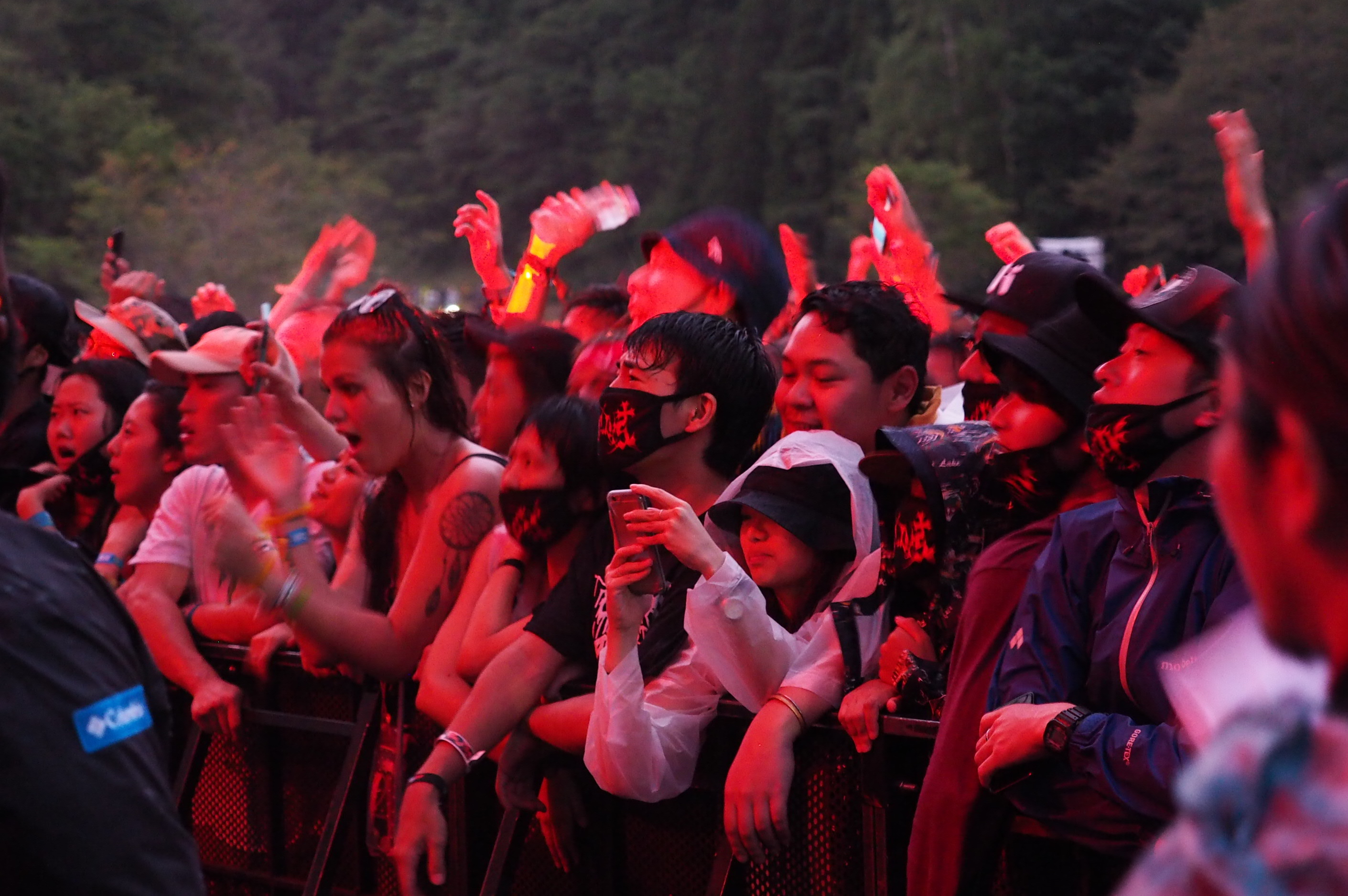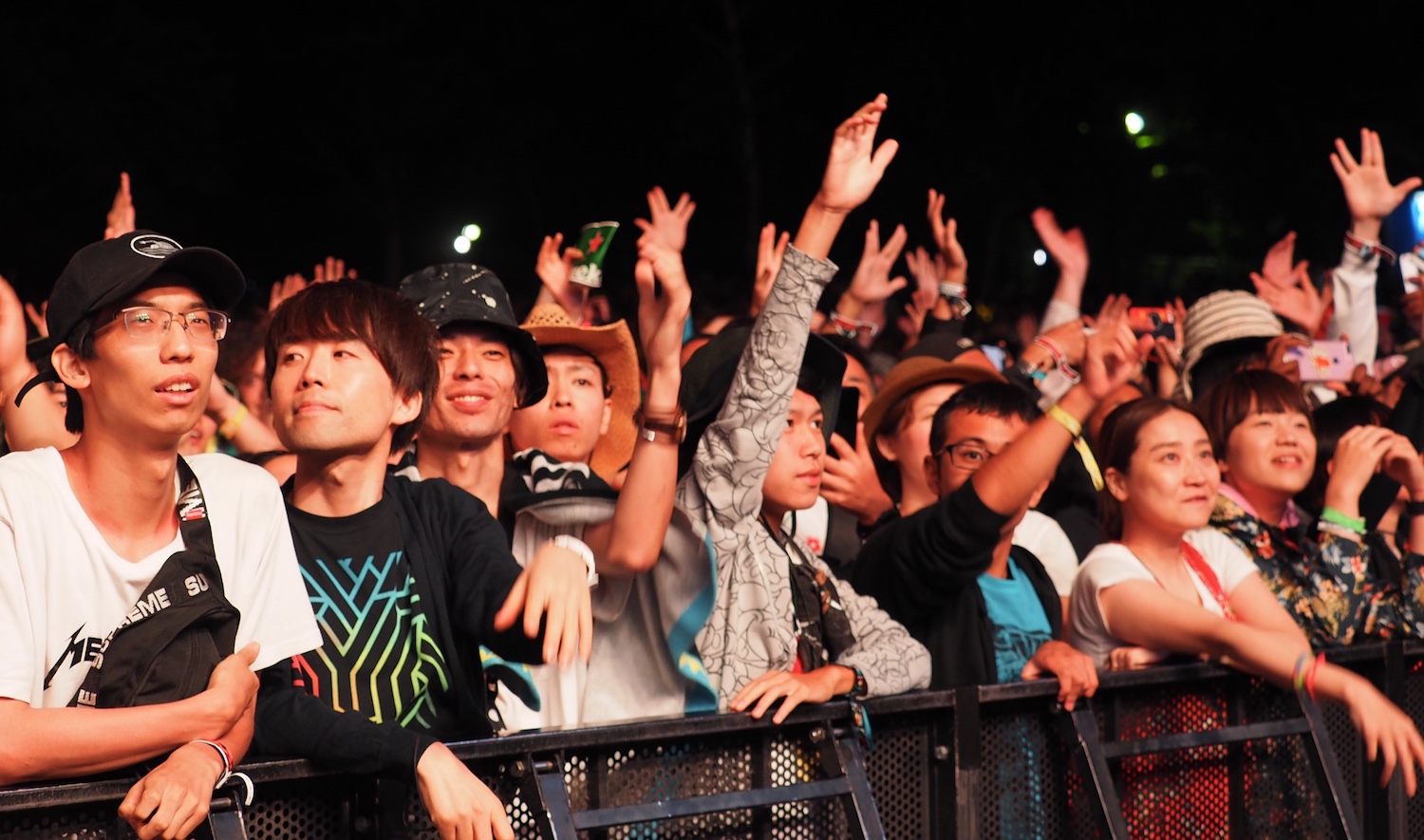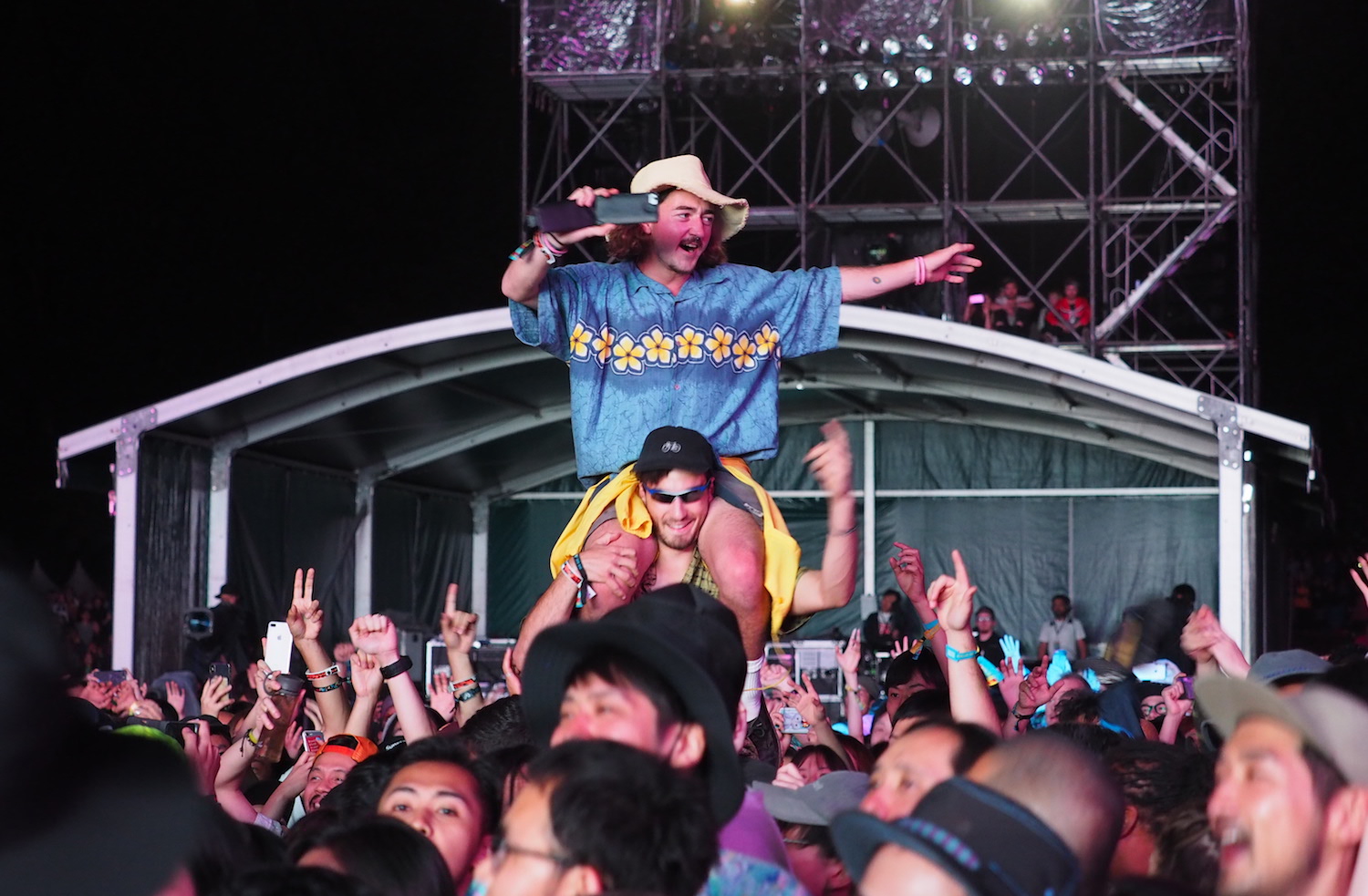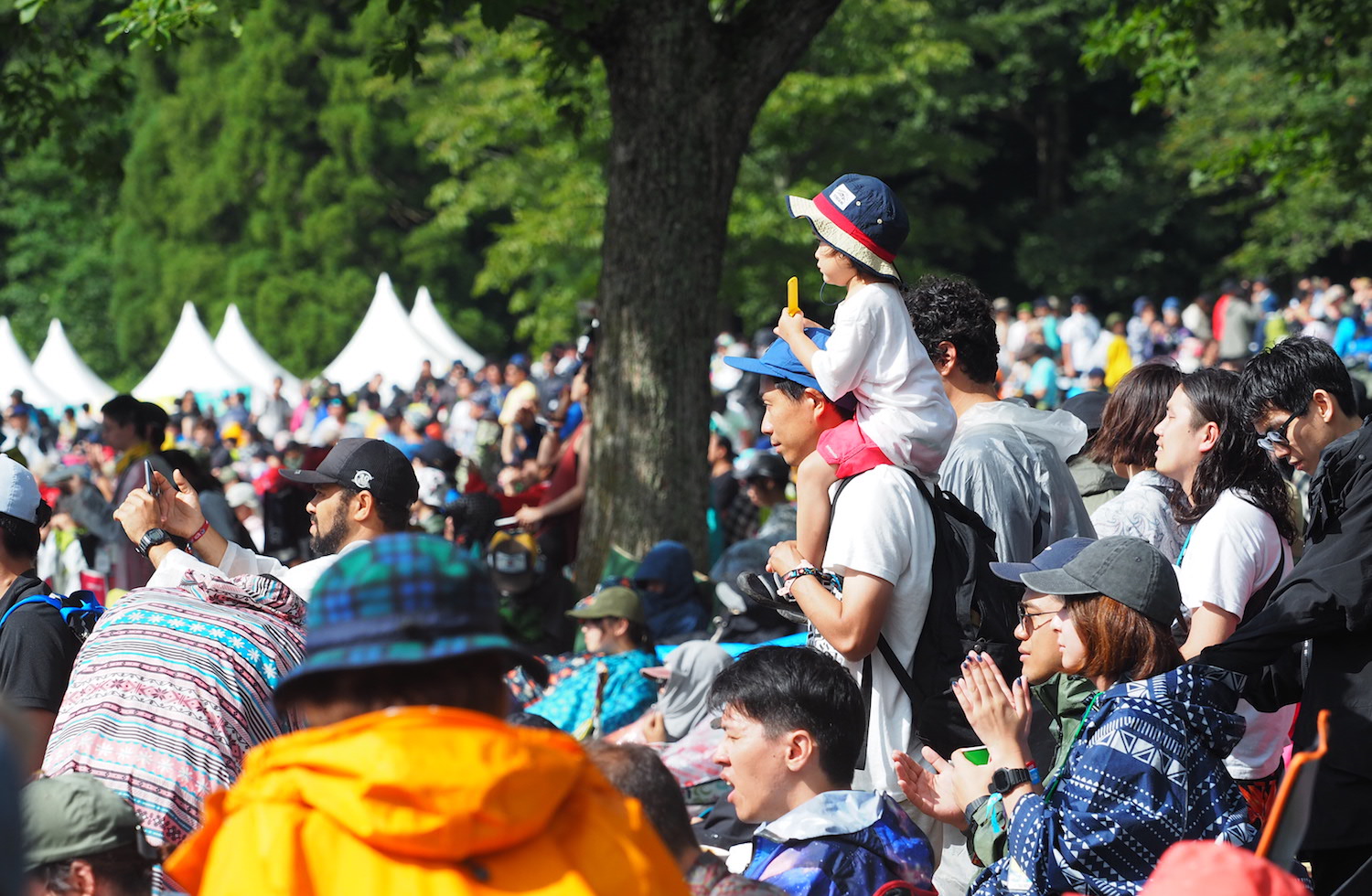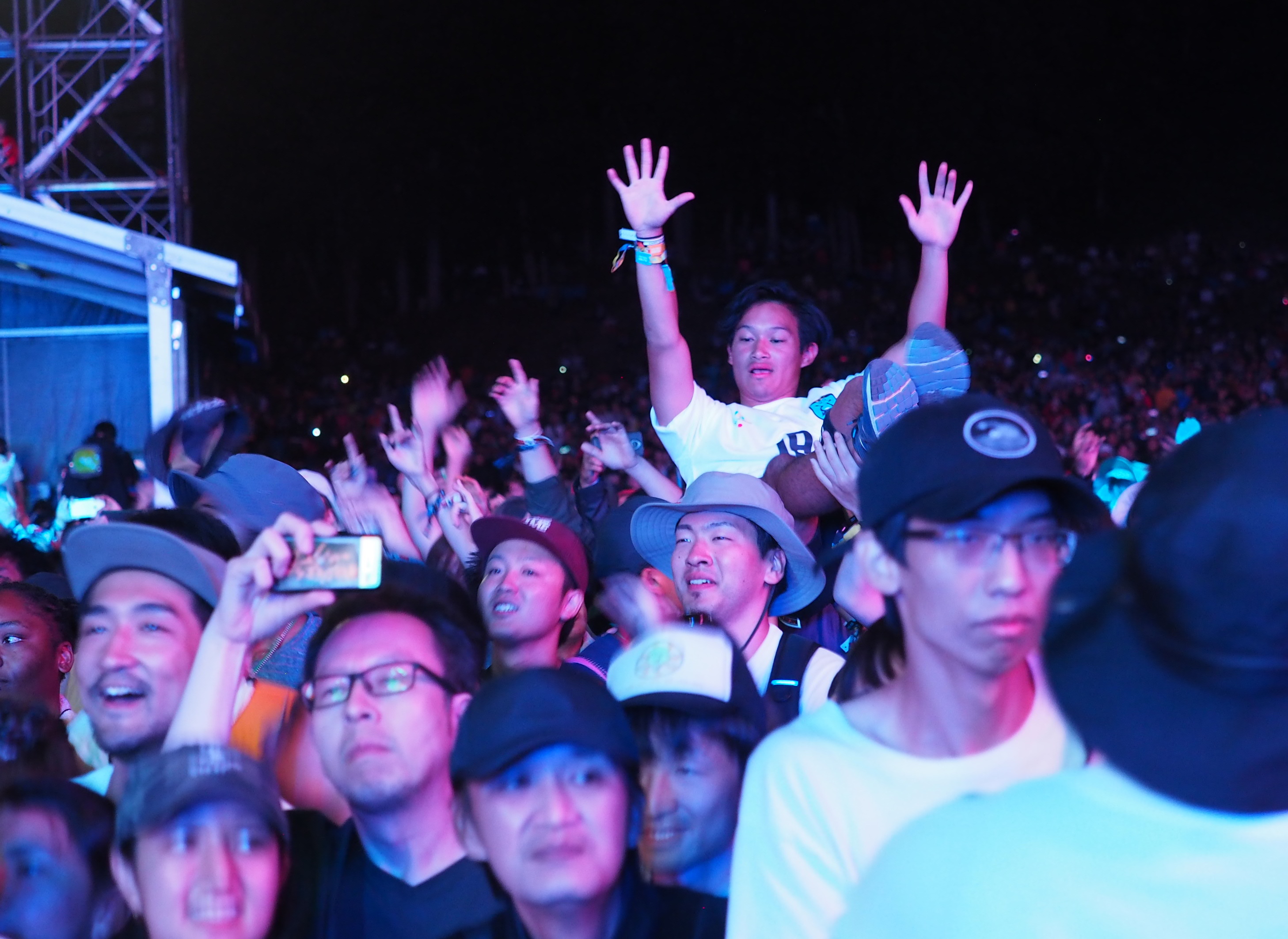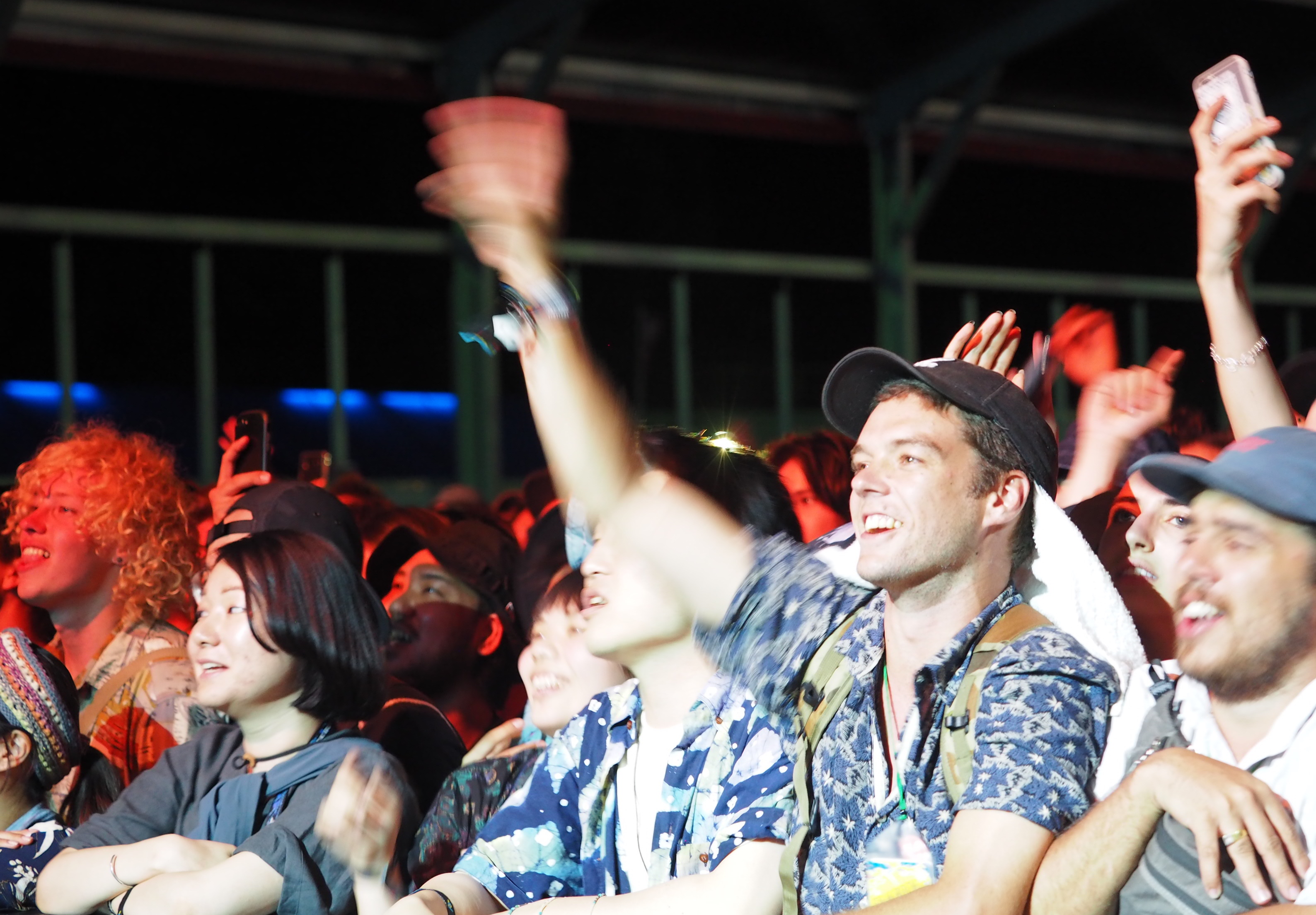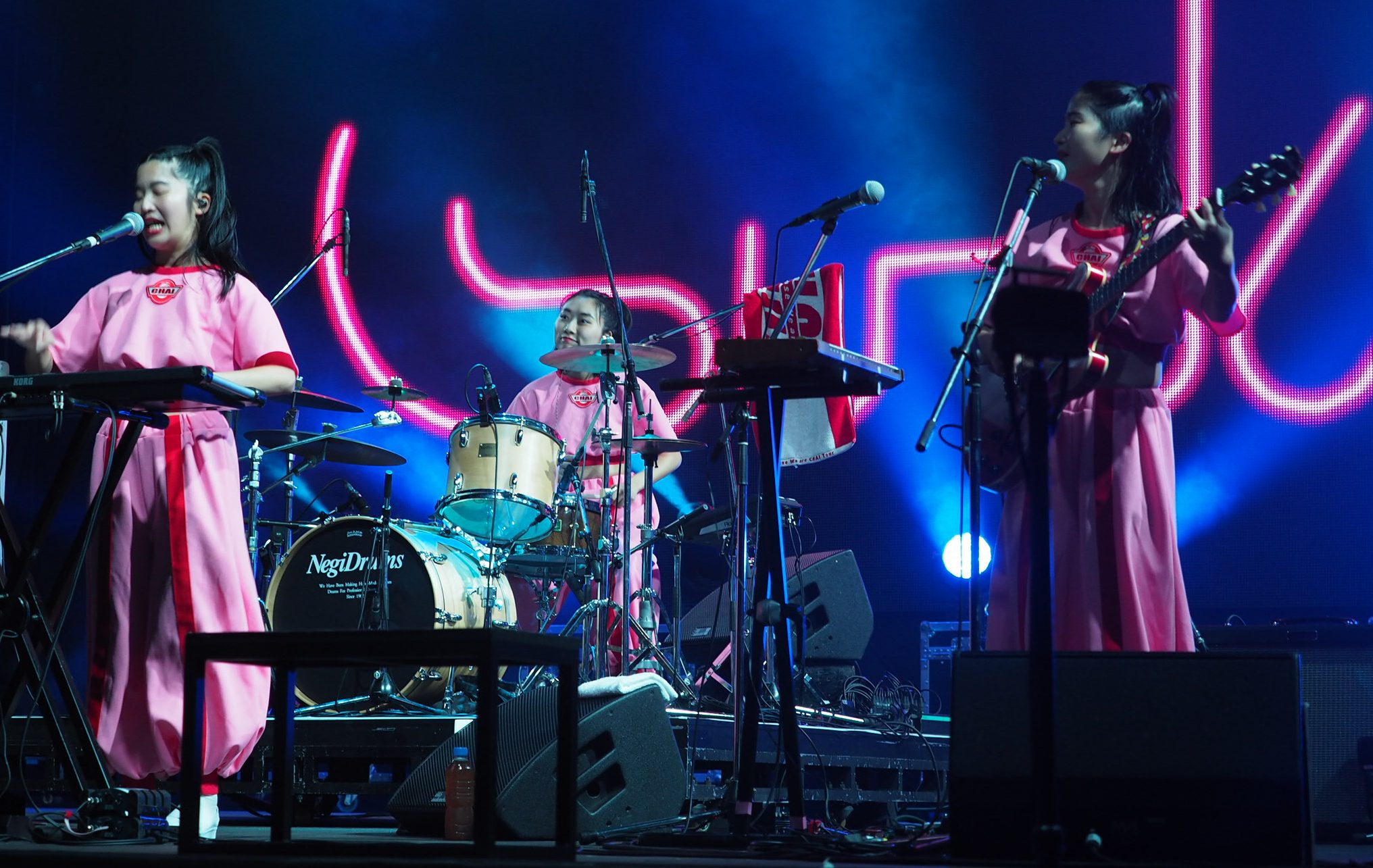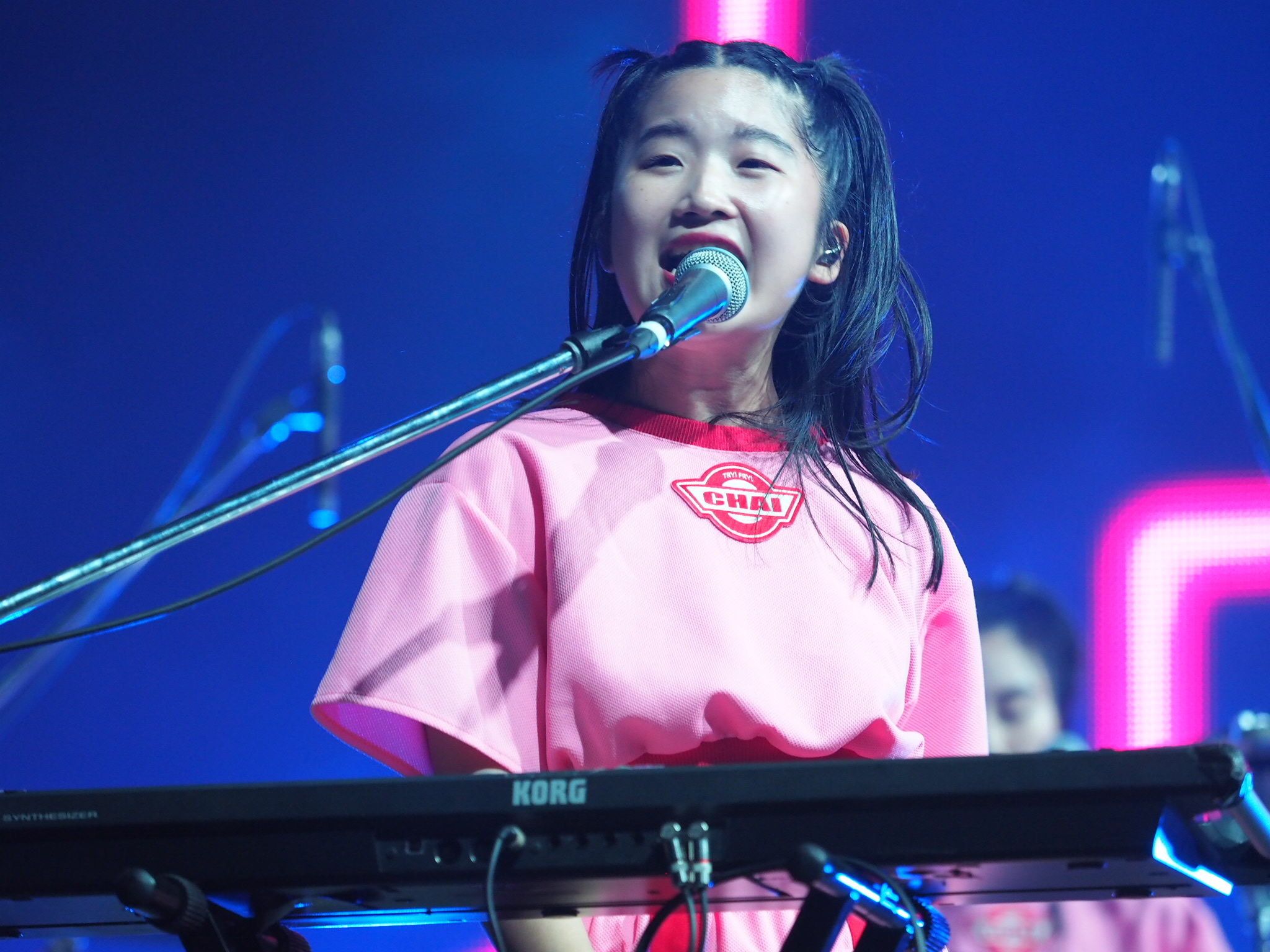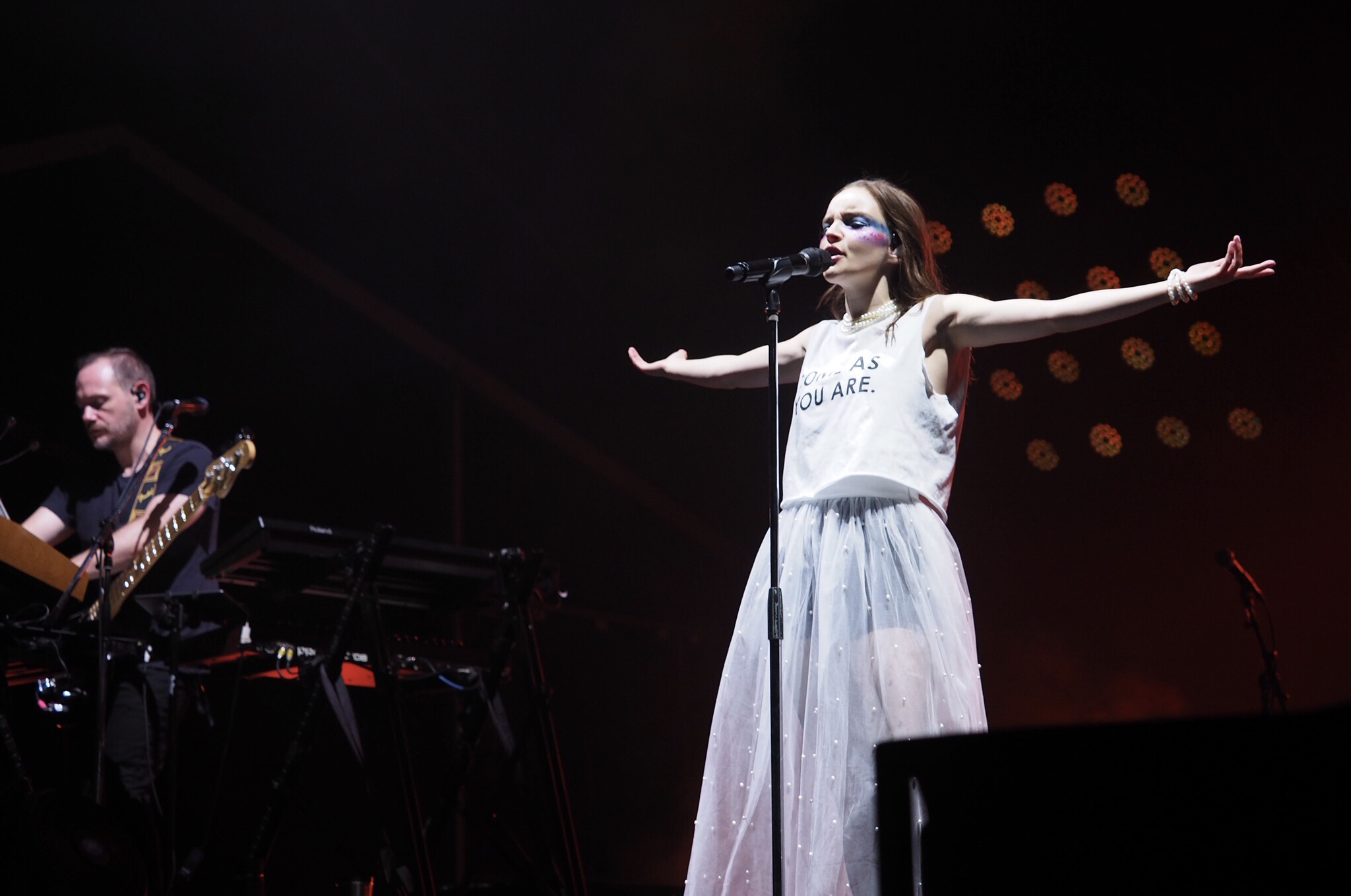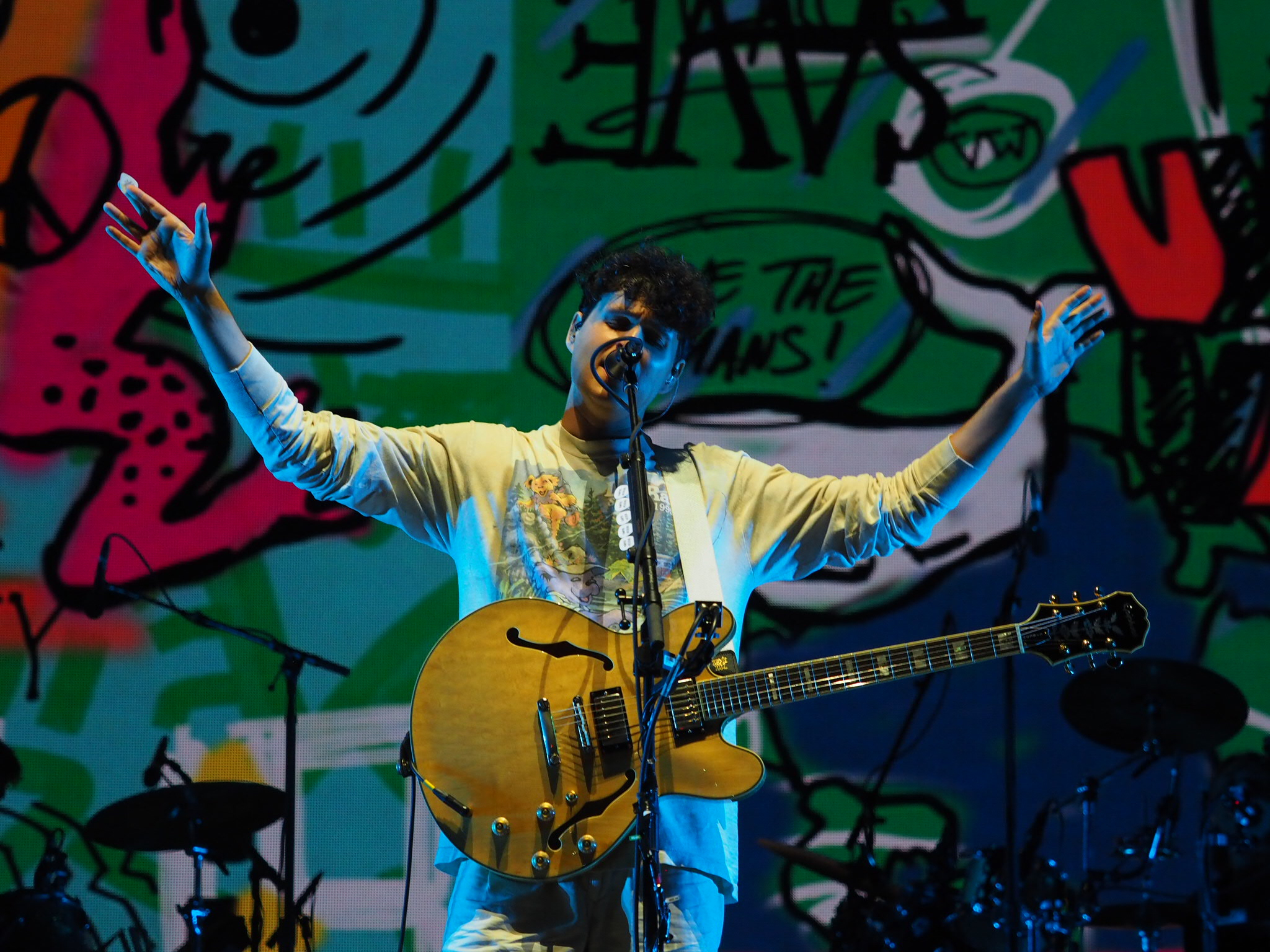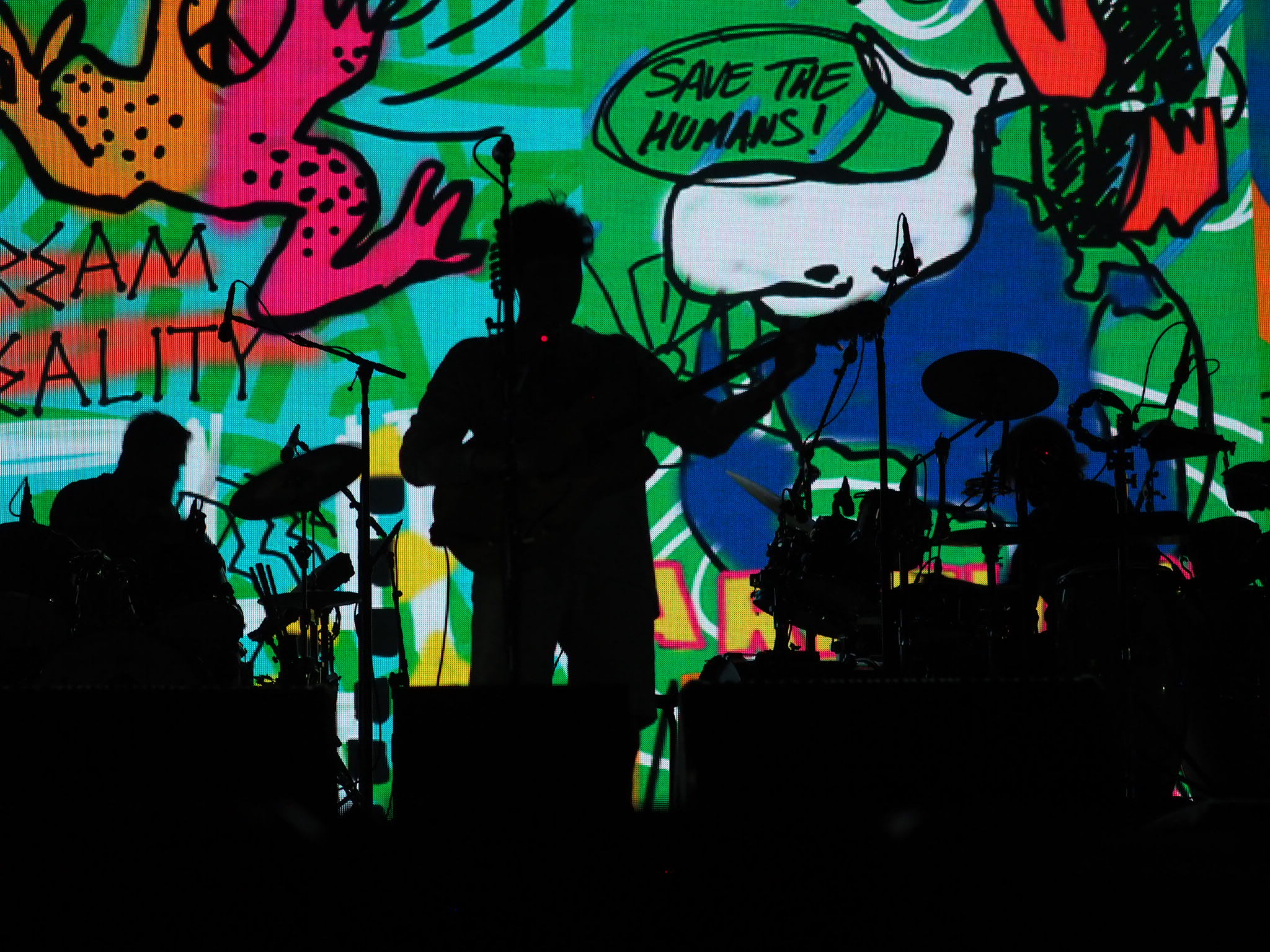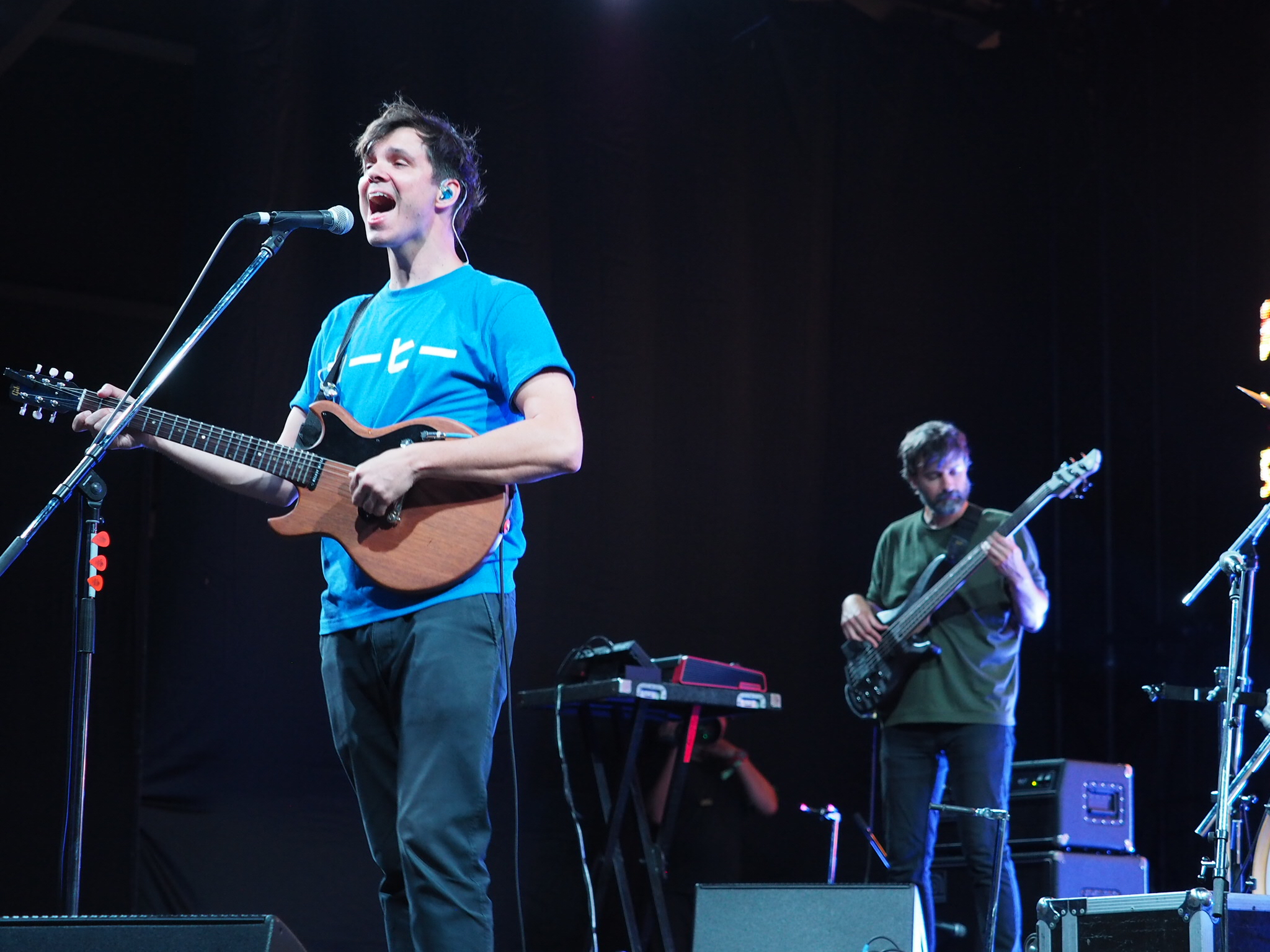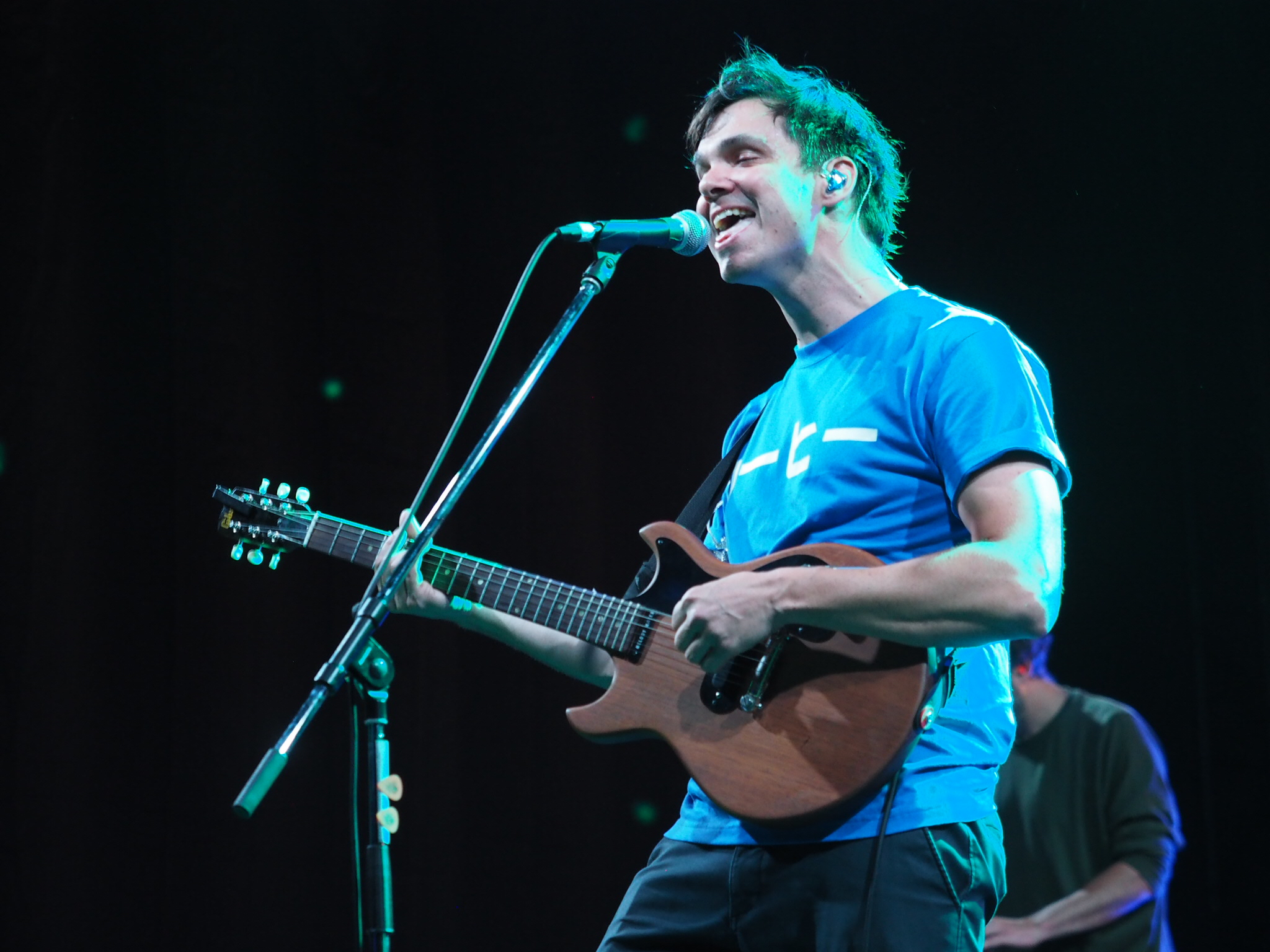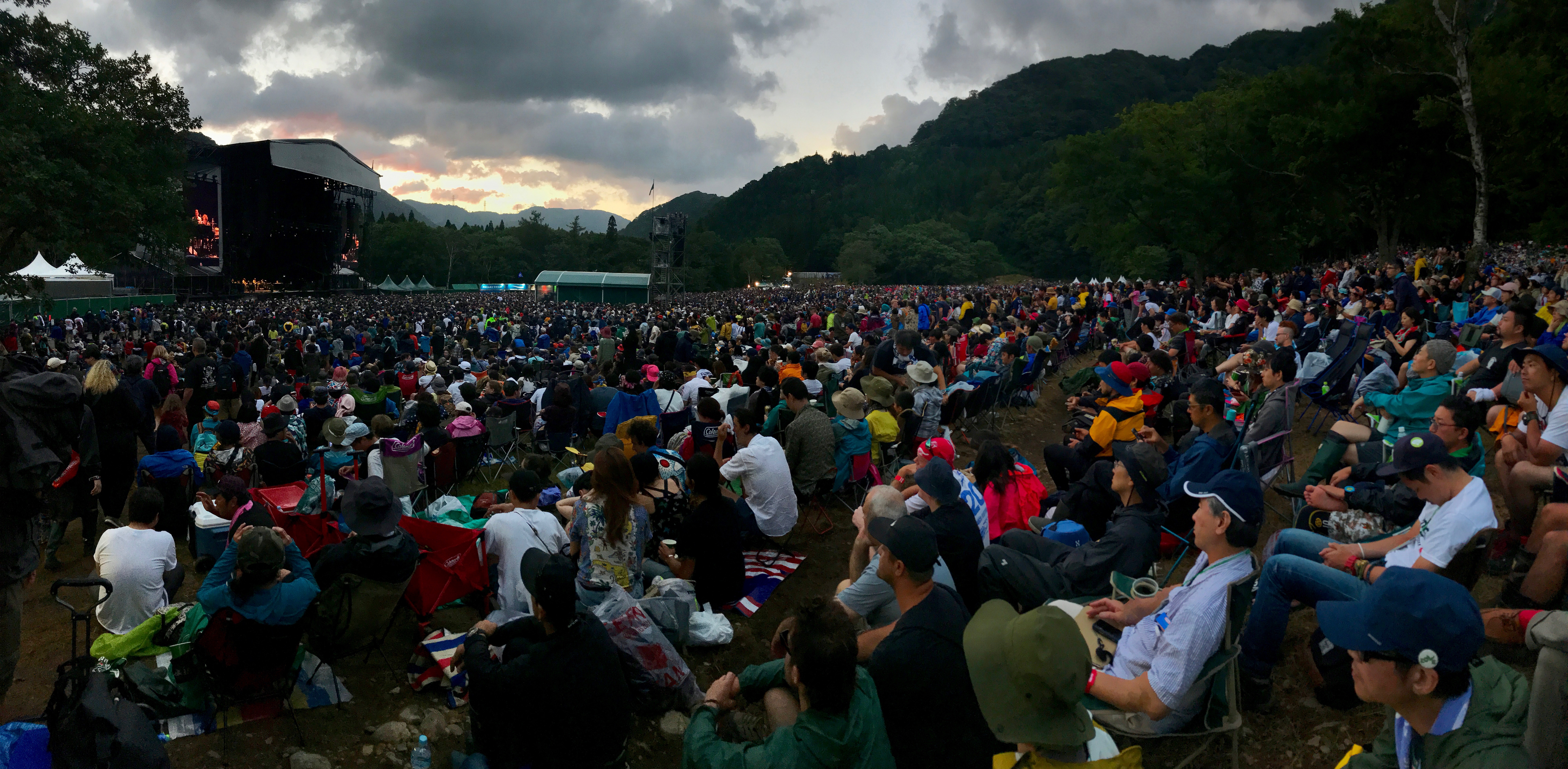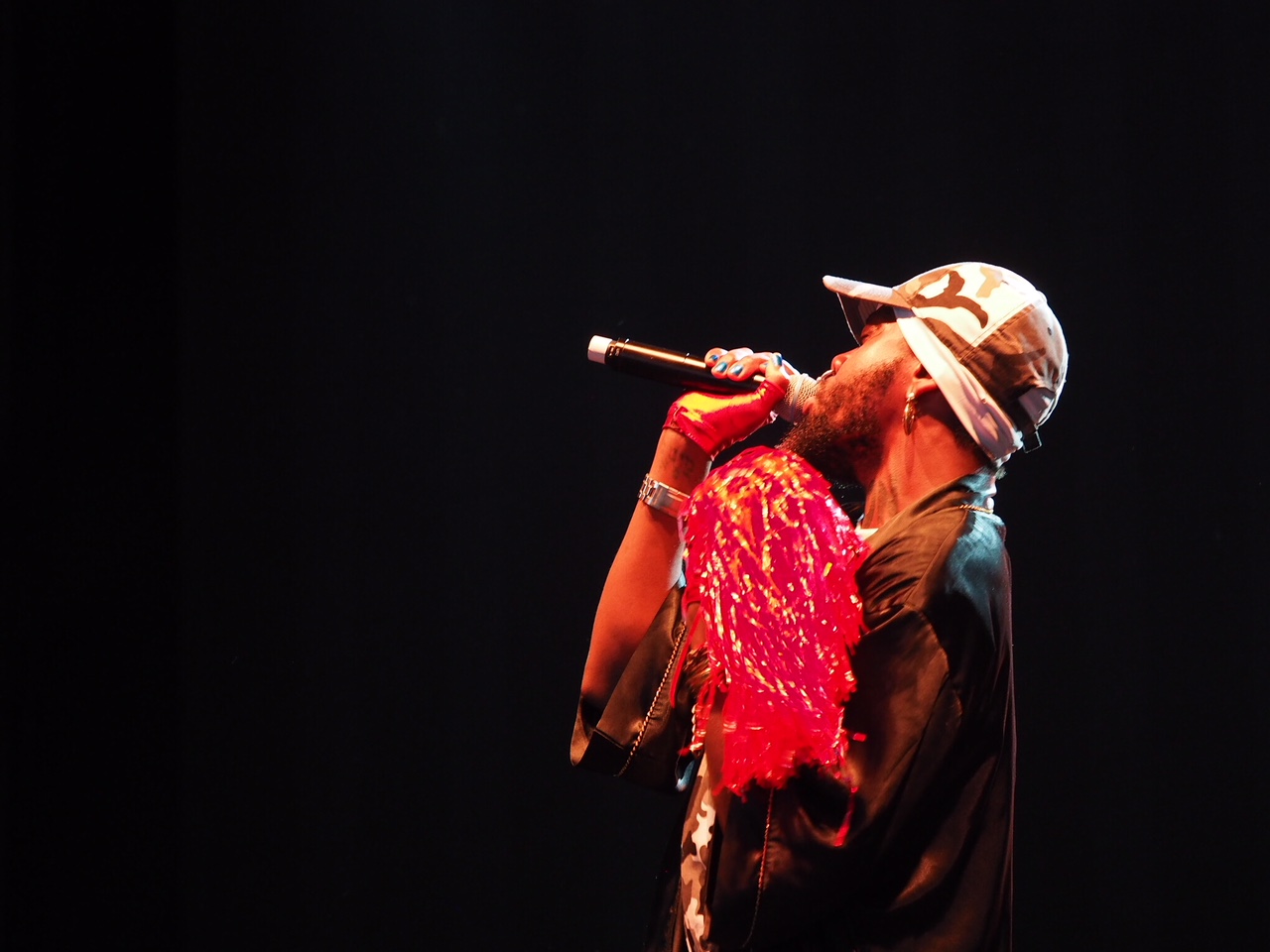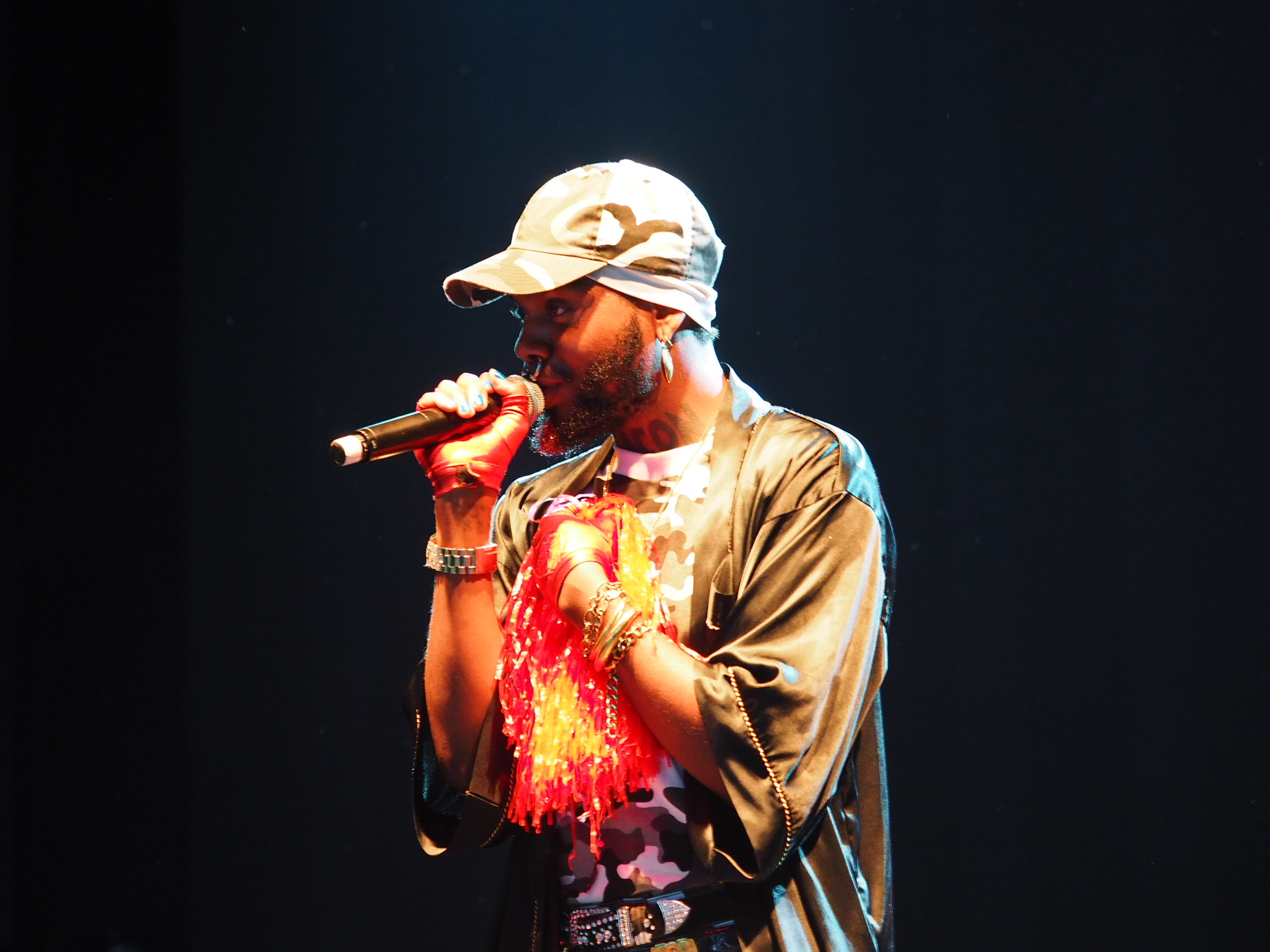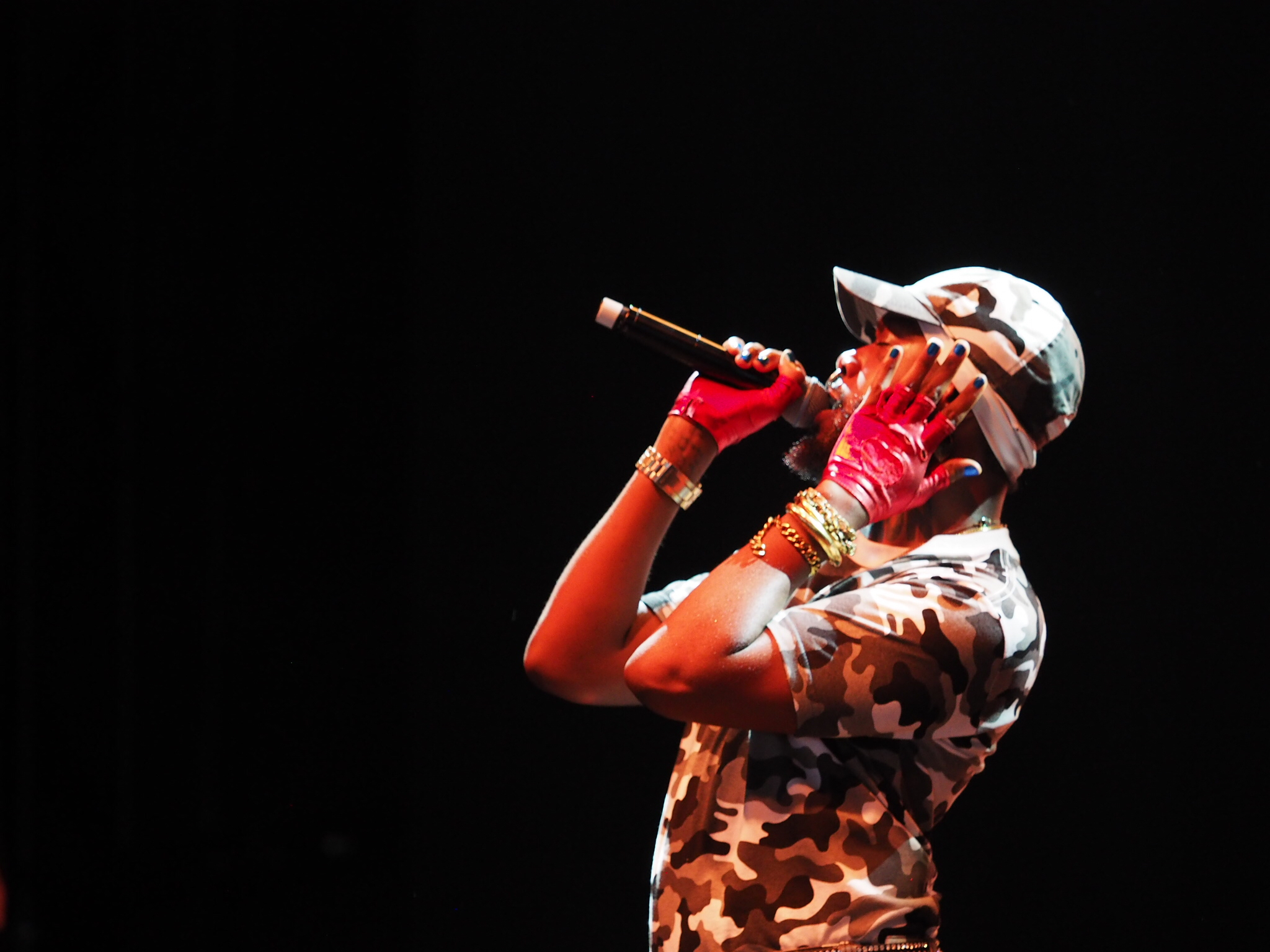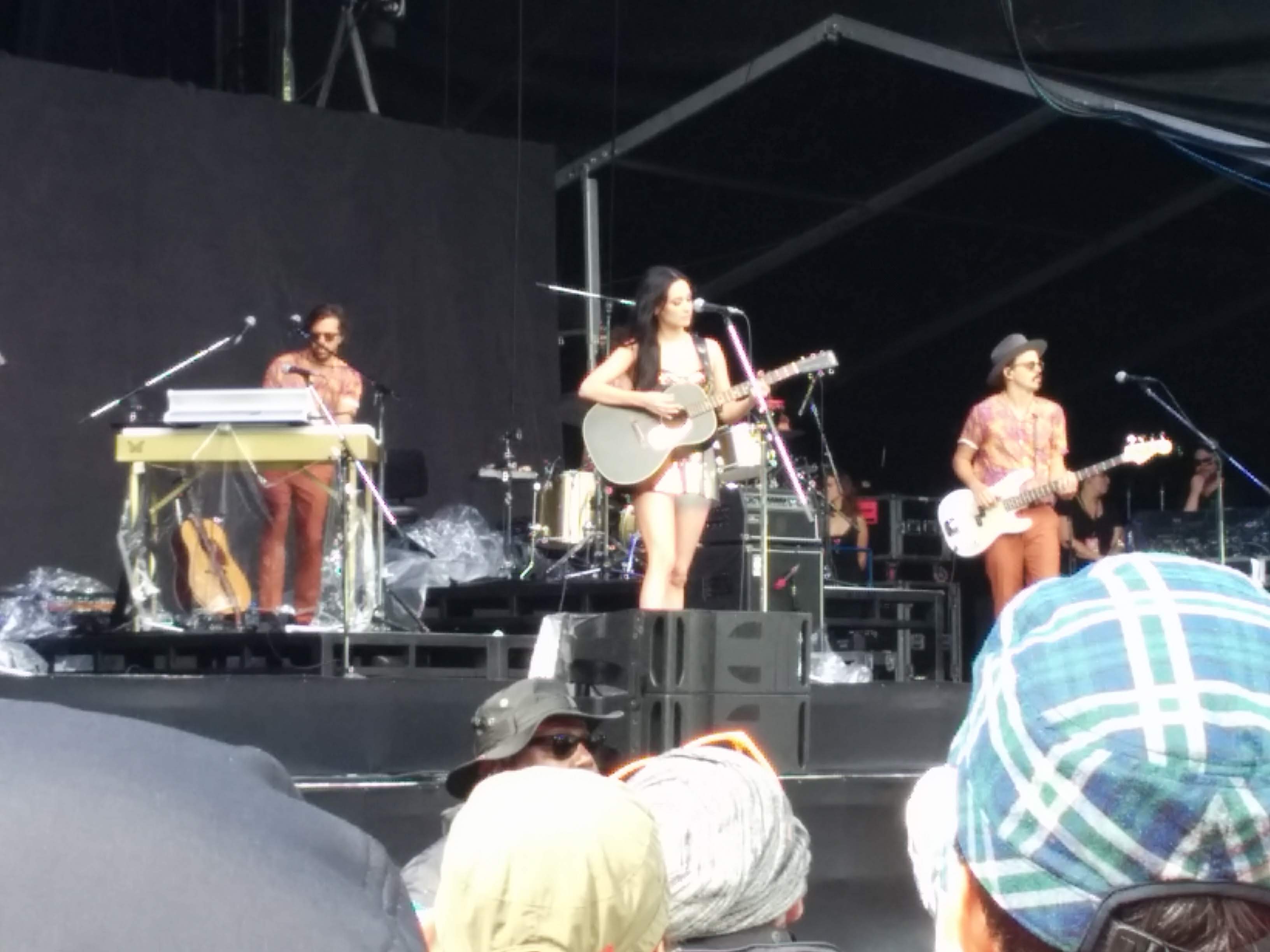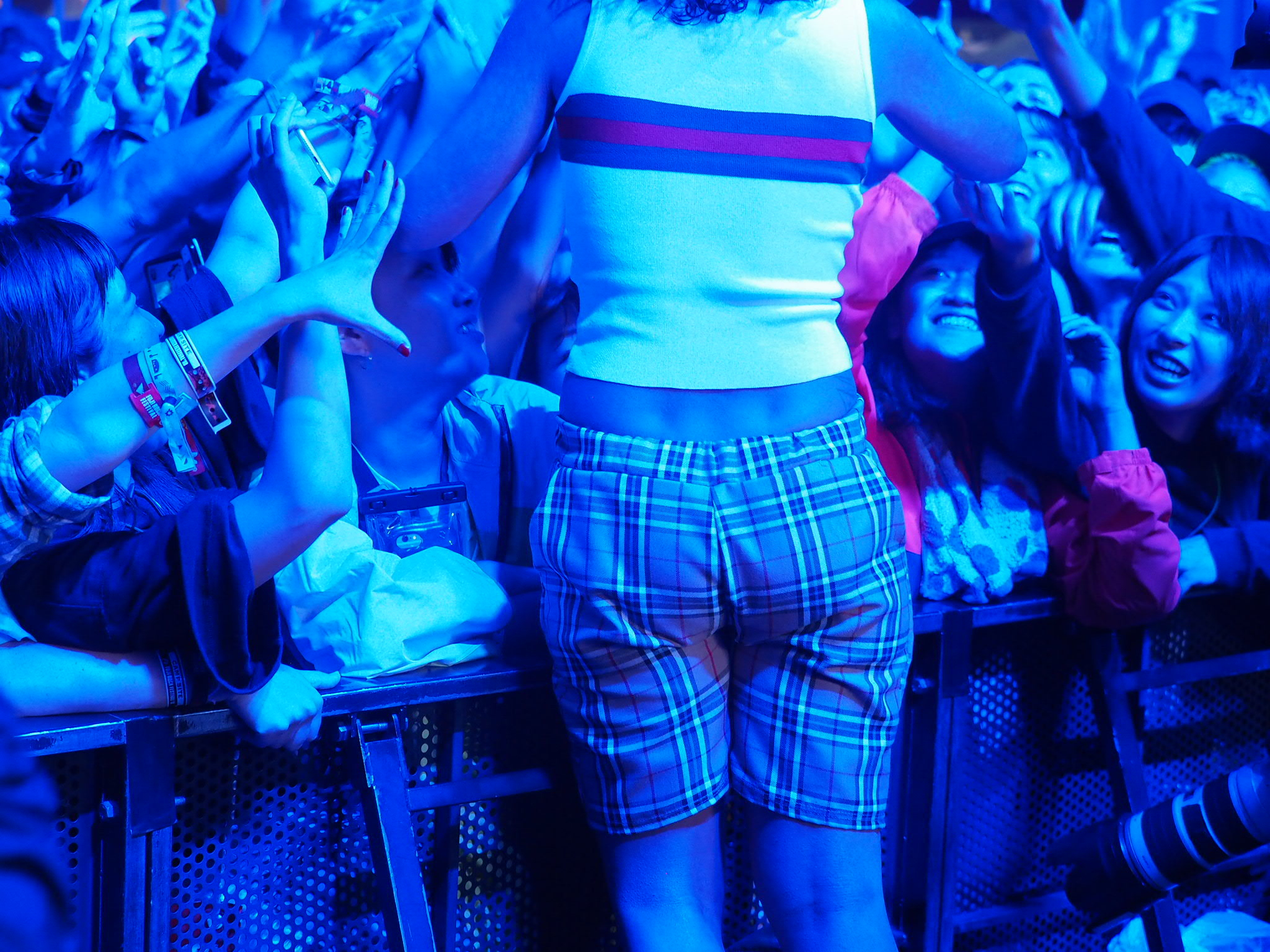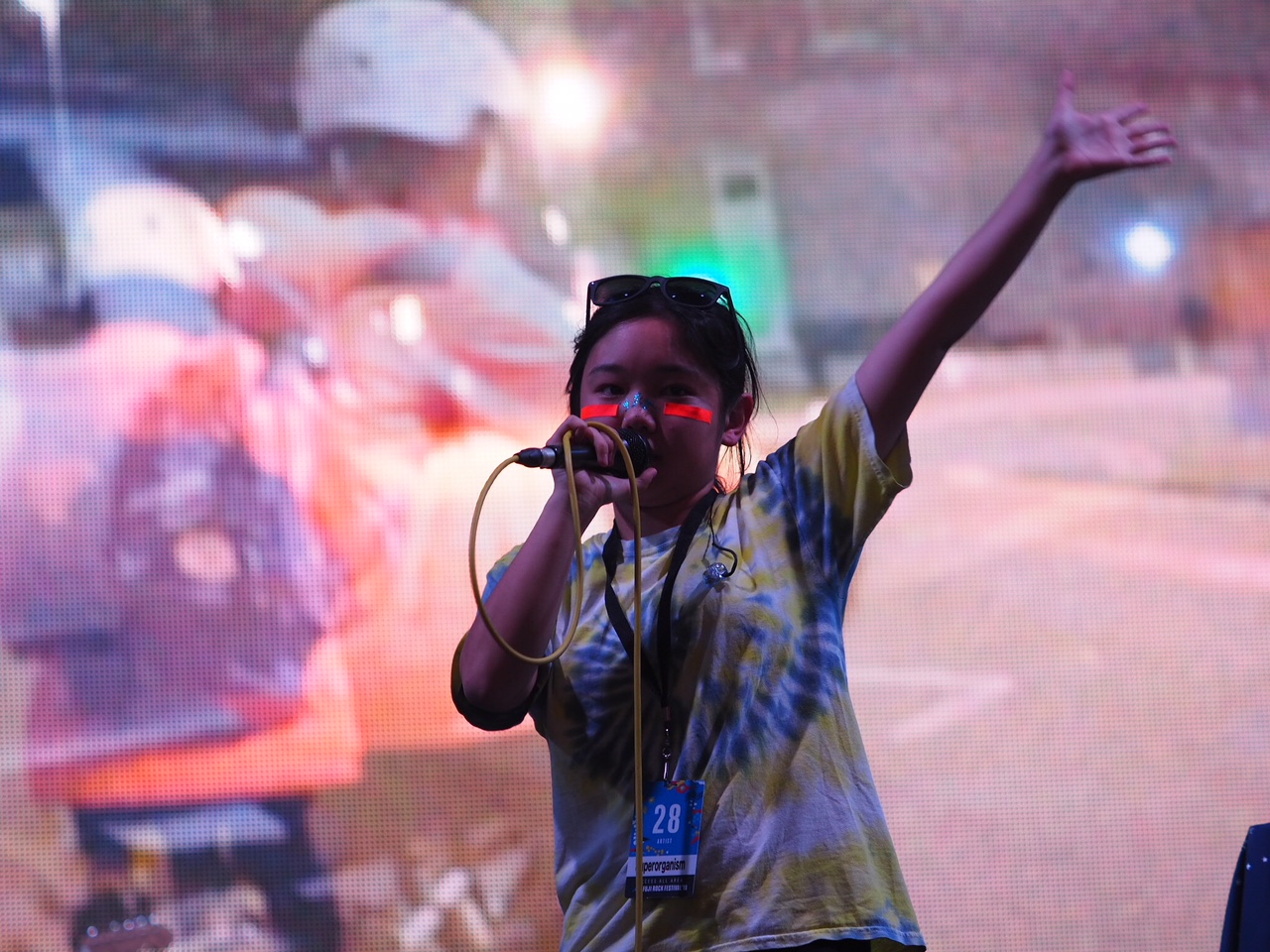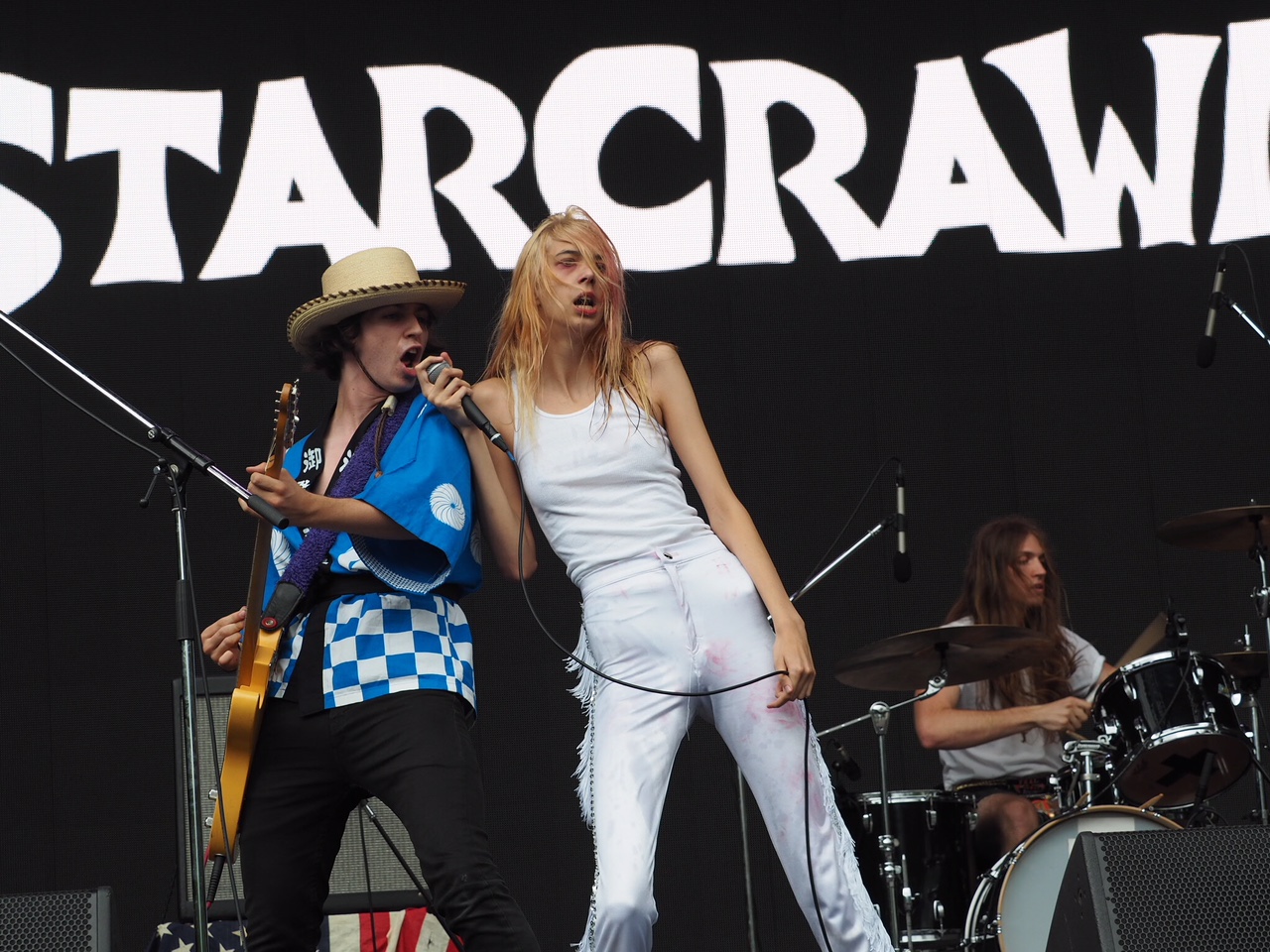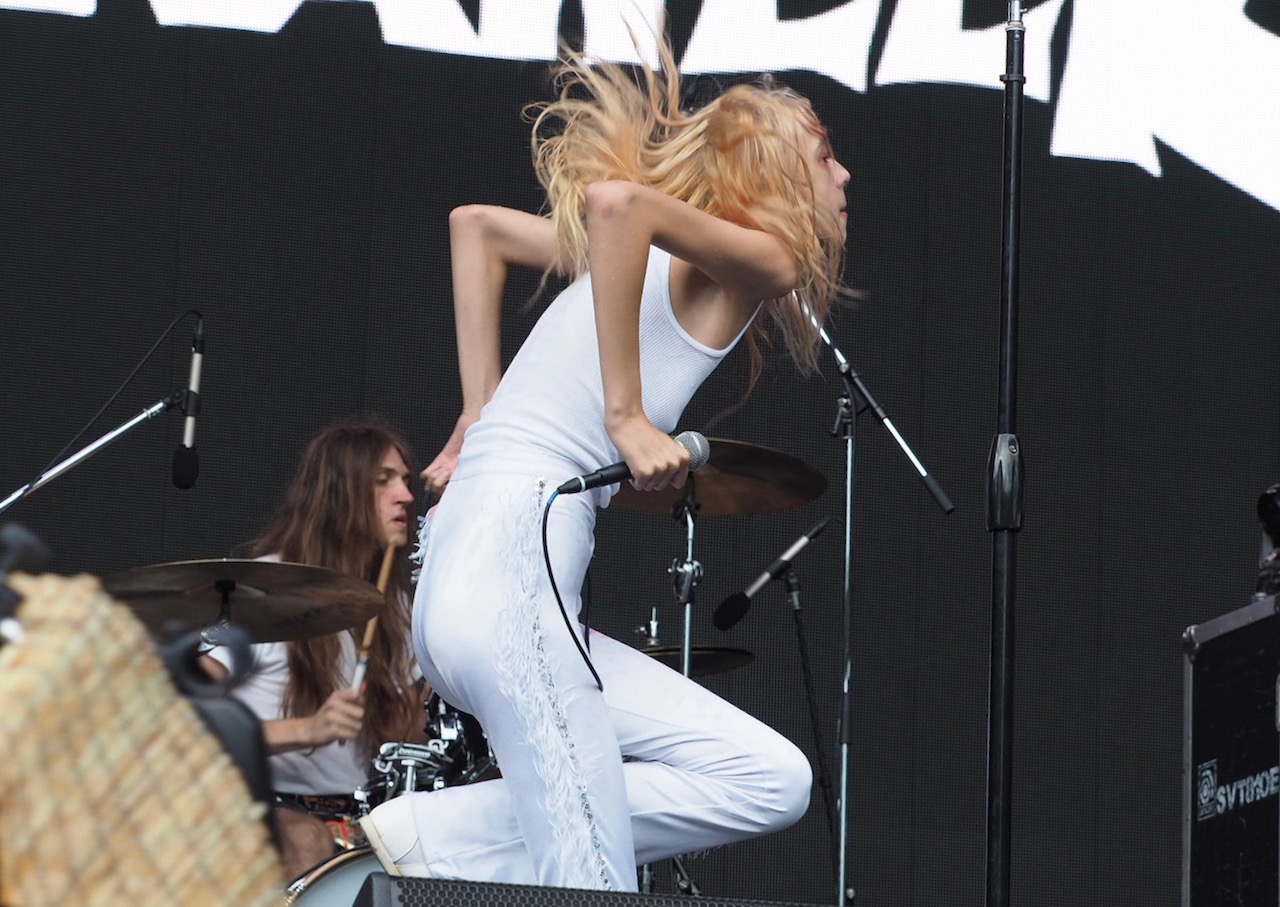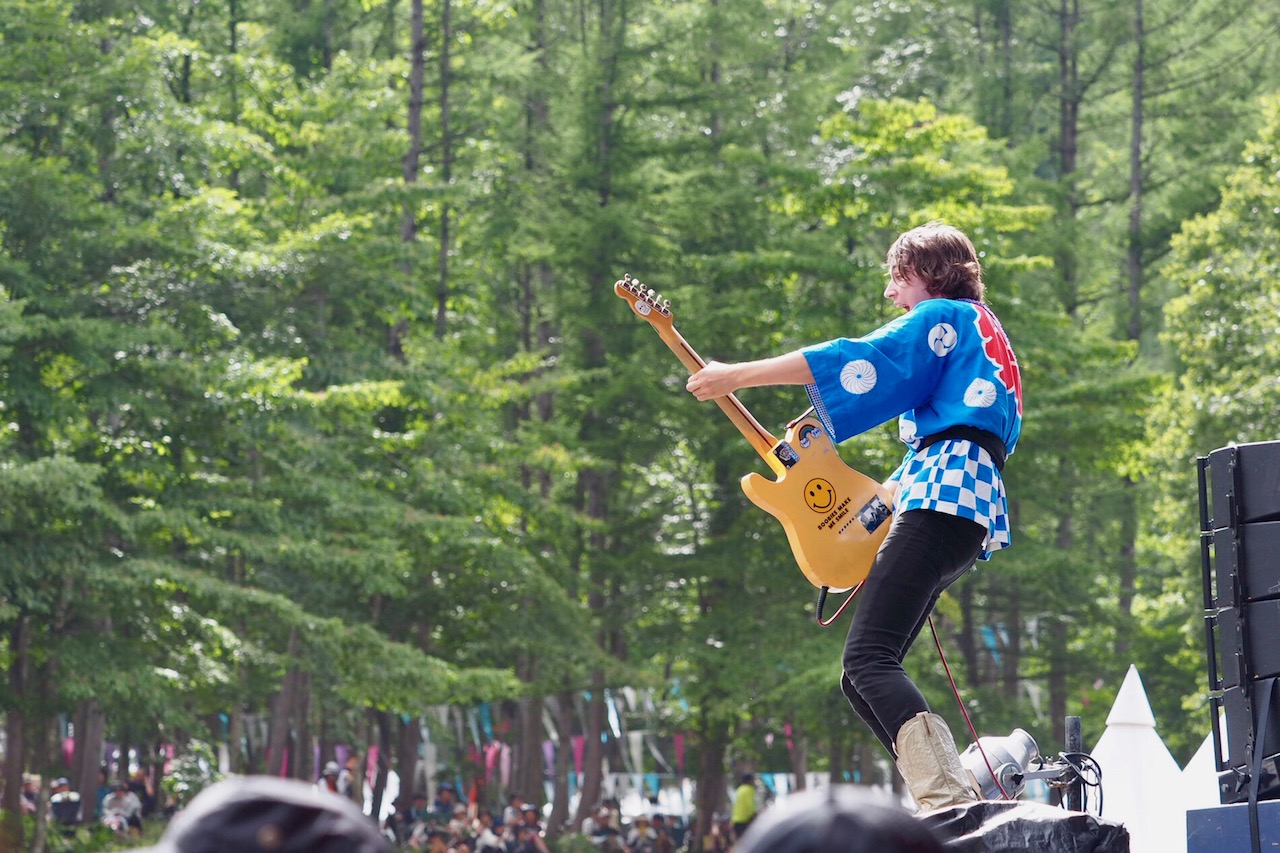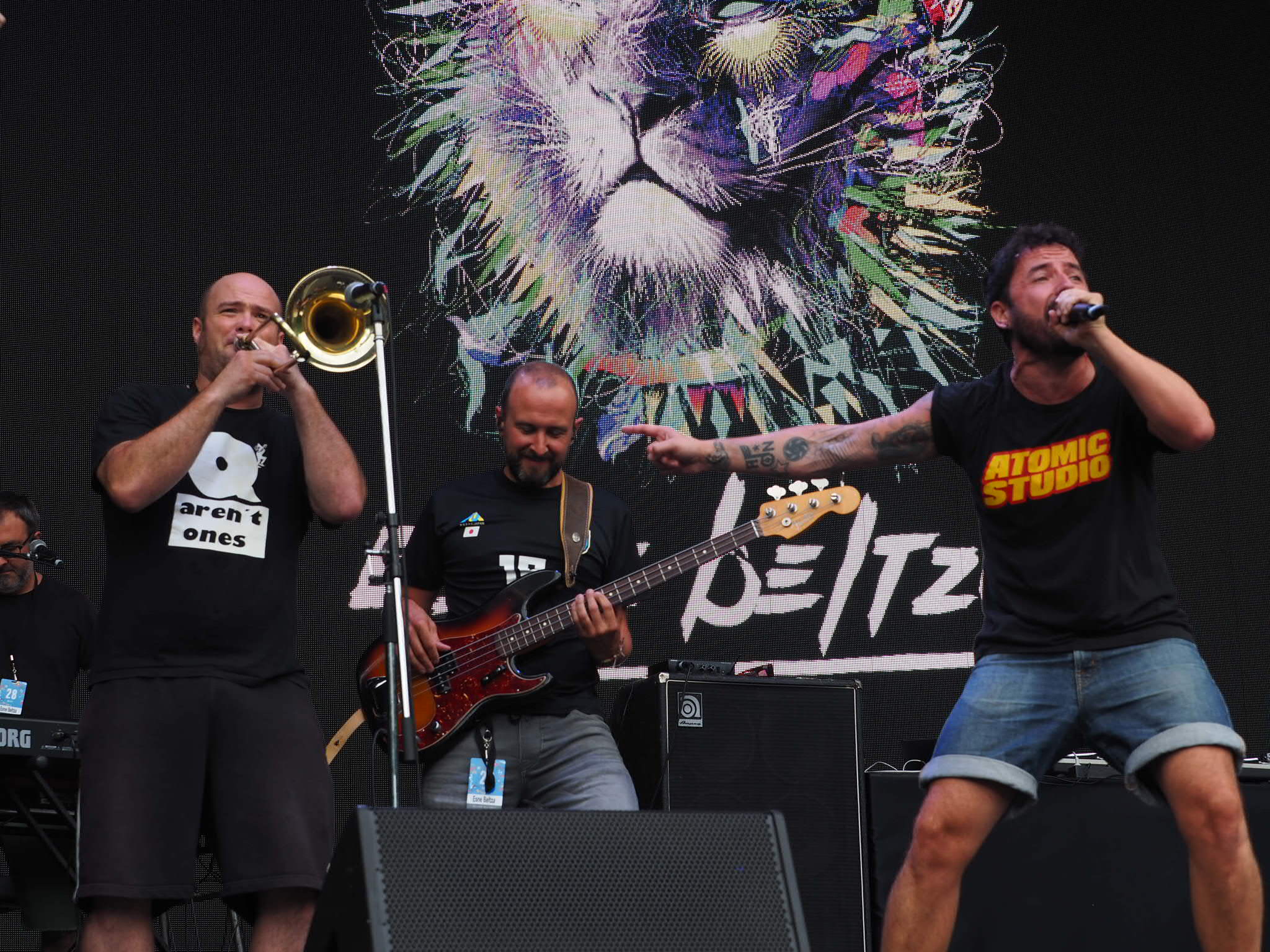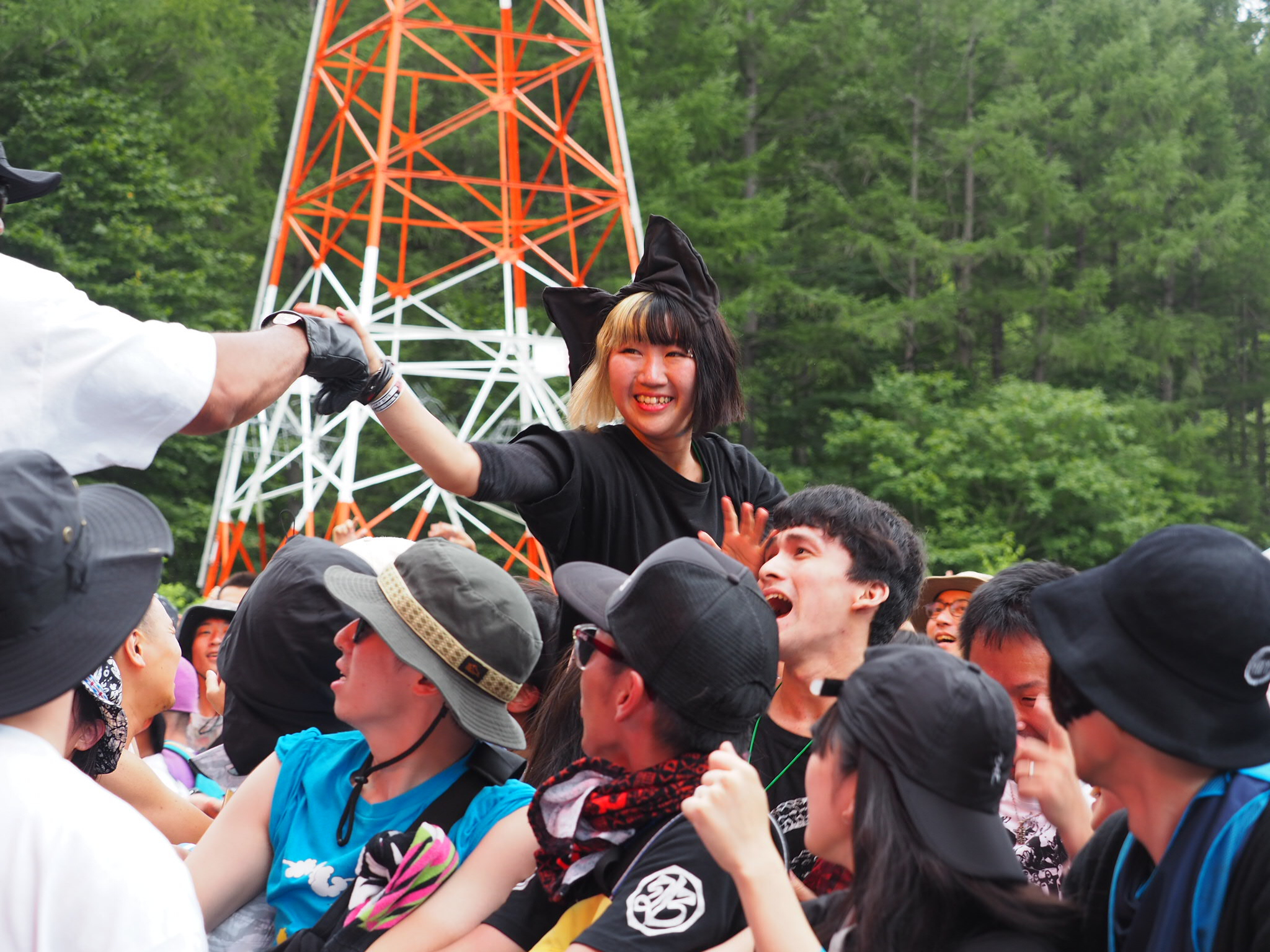Mitski: Not your usual lipstick

Though hardly a homecoming, Mitski’s headlining show at the Red Marquee on Friday acknowledged her Japanese heritage, even if she mostly grew up overseas and sings exclusively in English. After her third song, she finally addressed the audience in Japanese, in a way that sounded predetermined, as if it were part of a script for the show itself. Though I felt nothing myself, I could feel a chill settle over the room.

But Mitski is chilly by default. Her particular brand of indie pop is predicated on the sexual breakup and heartache that follows, and while her lyrics are blunt and expressive, they portray a personality that over-thinks romance. During the performance, she was often sitting at a desk-table, as if interviewing or being interviewed for a job. Her gestures were grand and quite suggestive: she was essentially borrowing show biz tropes from classic R&B, laying out seductively on the table, shifting her hips, raising her arms in spasmodic ecstasy, even while she sang about some guy who had gutted her with his insincerity.

The music was often both exciting and off-putting, but never boring or staid. “I’m not wearing my usual lipstick,” she sang as she kicked up her heels. She wanted you to want her, but it was still all an act.

And while the audience was definitely intrigued, they couldn’t get past the facade, which was deliberate and performative. It wasn’t until the end of the set, when the music became more conventionally rockfish and Mitski seemed more at ease that she opened up, admitting in Japanese that she didn’t really know what day it was. That’s the life of the performer, and you could hear the crowd release a collective sigh of empathy.

